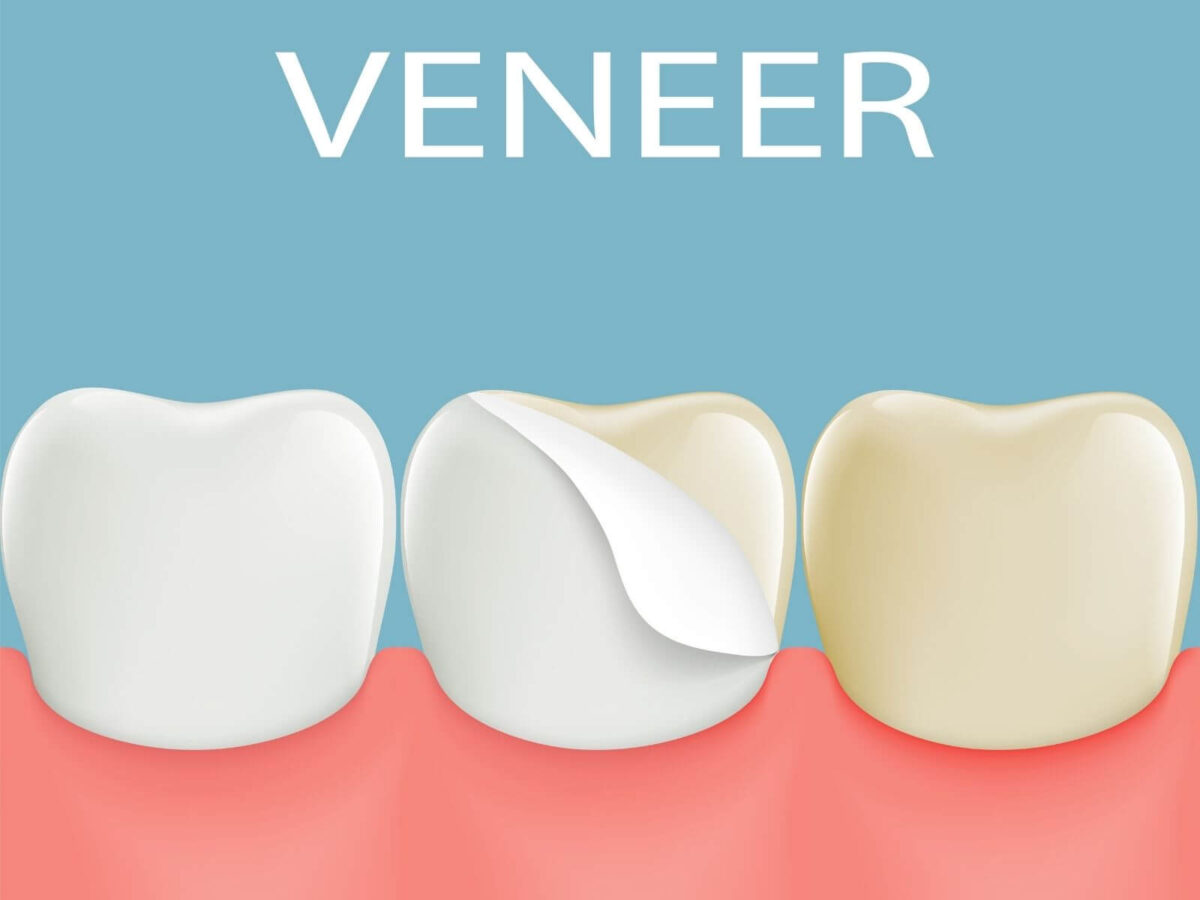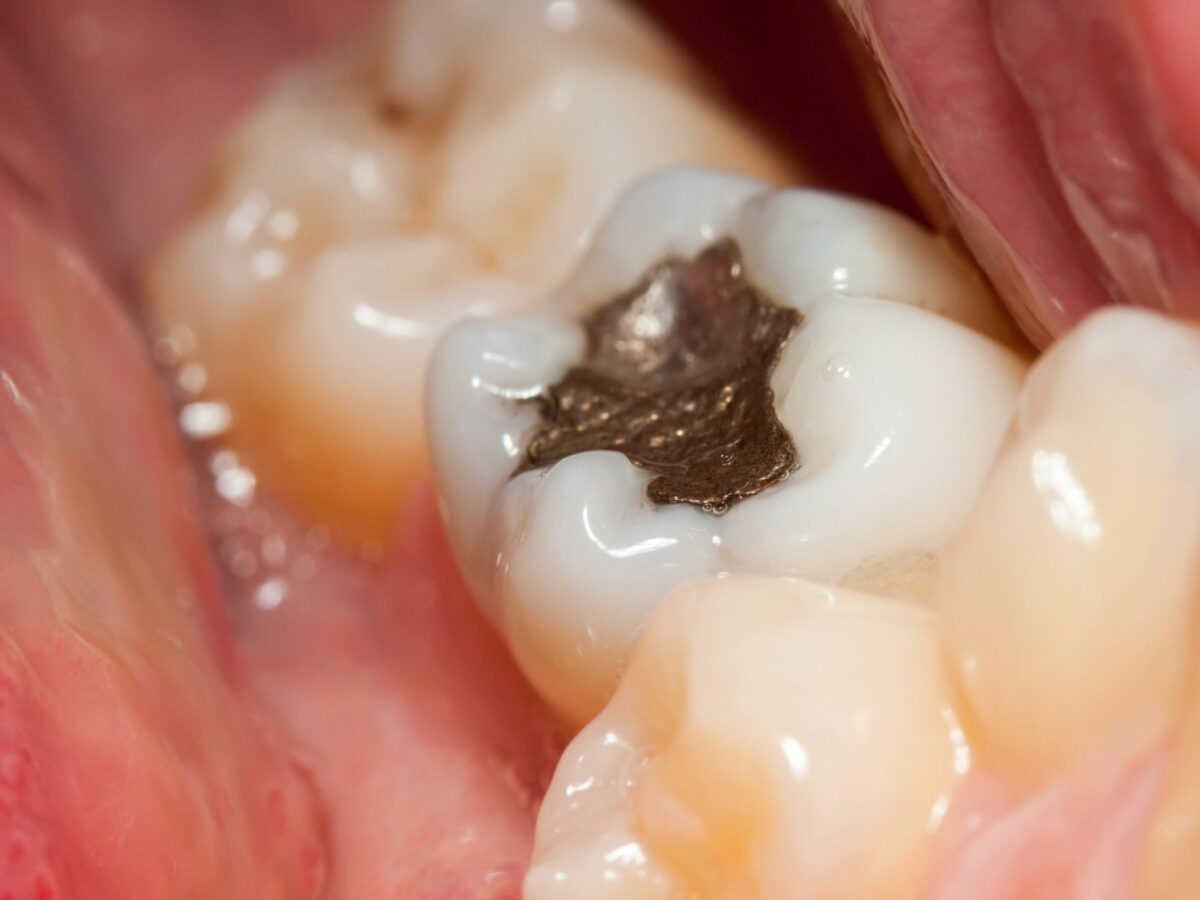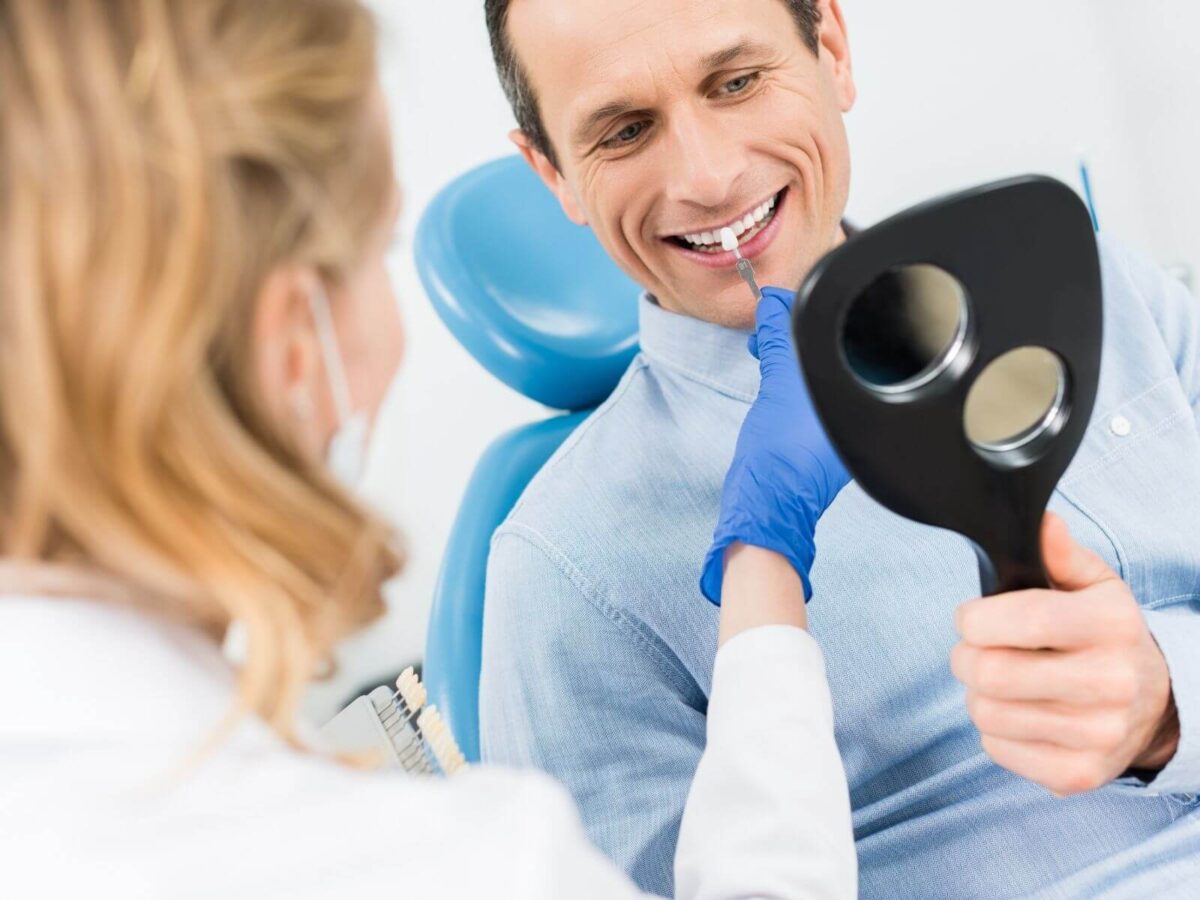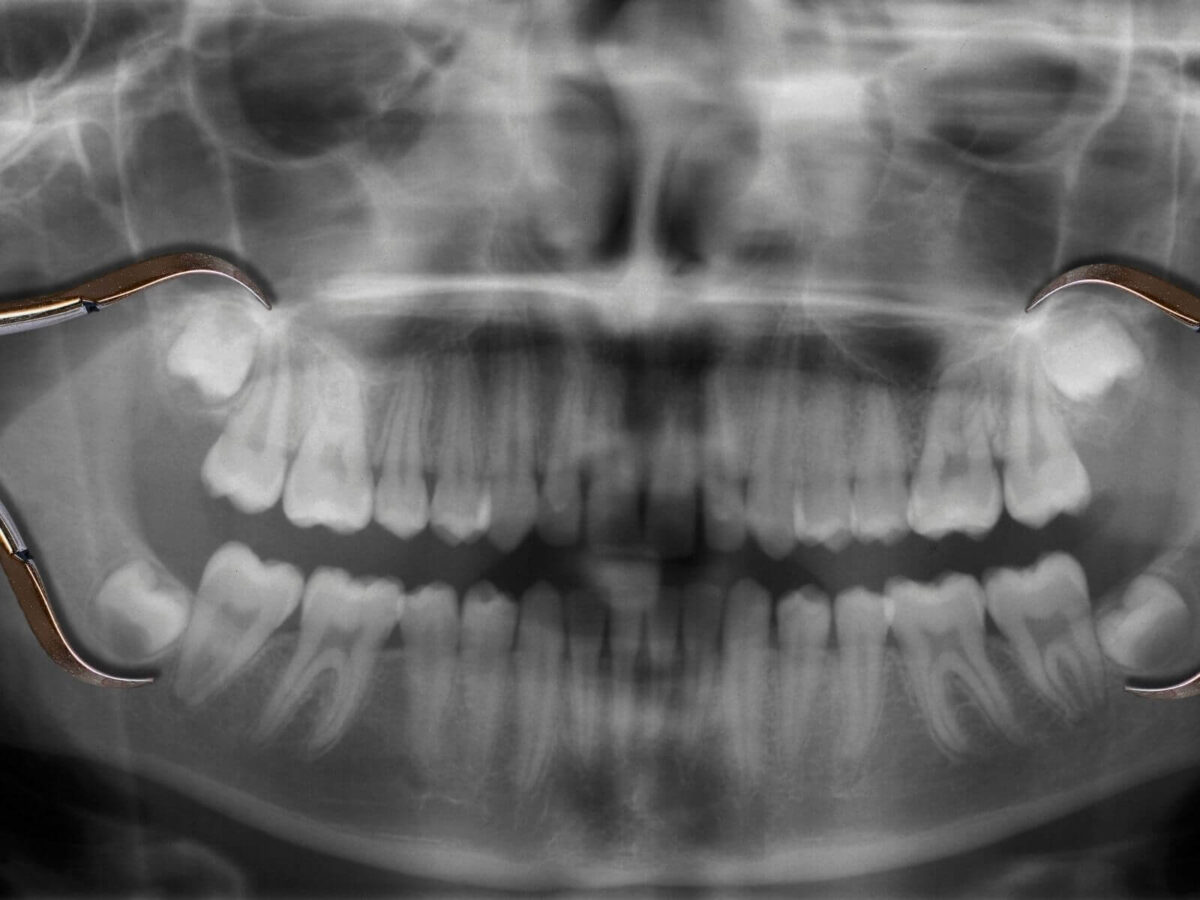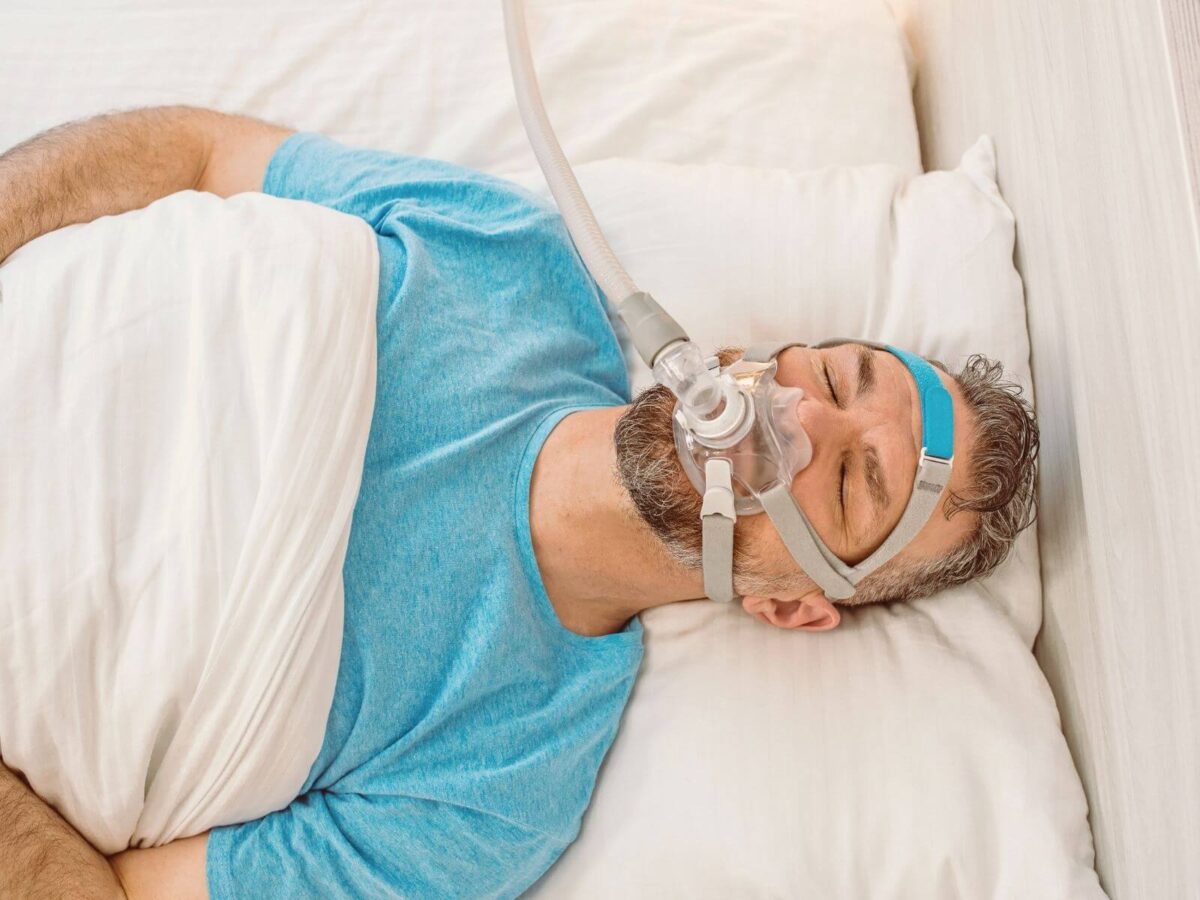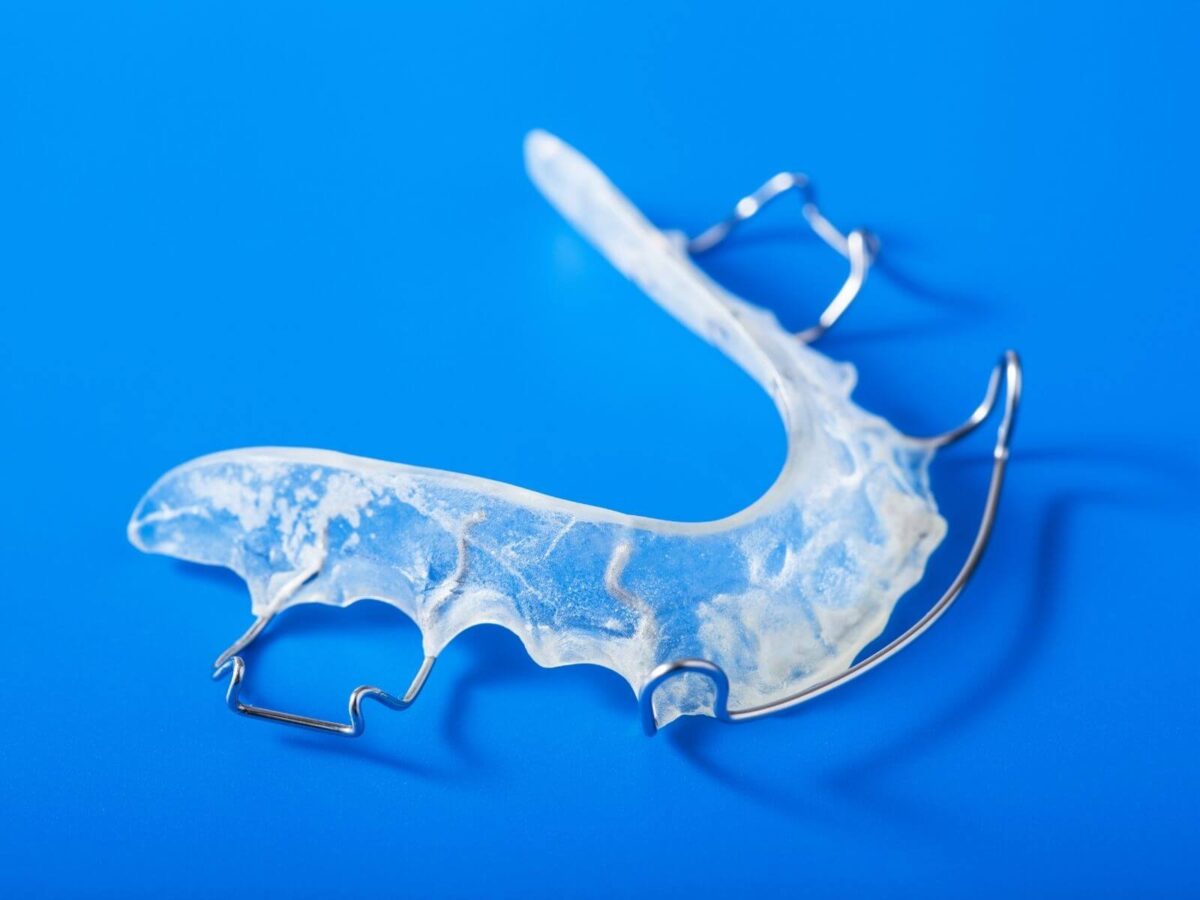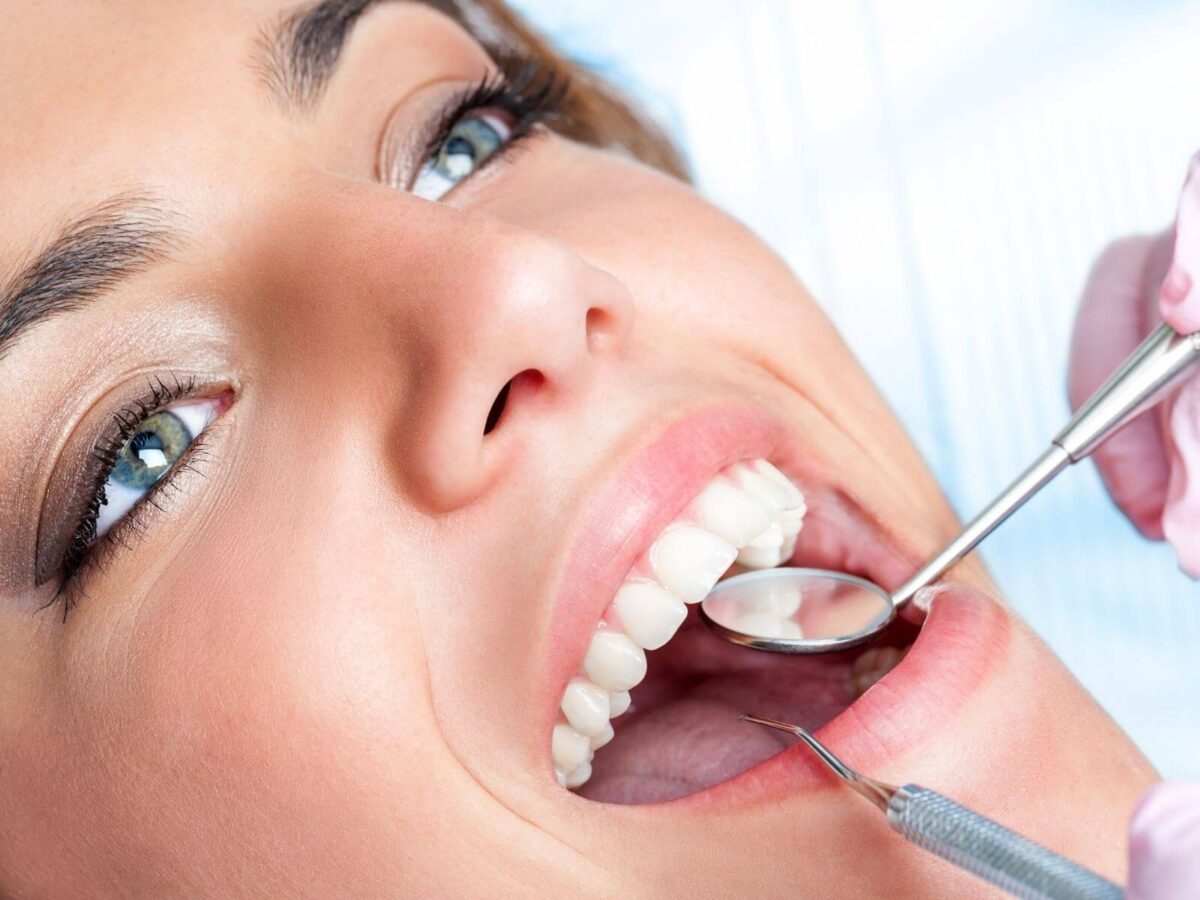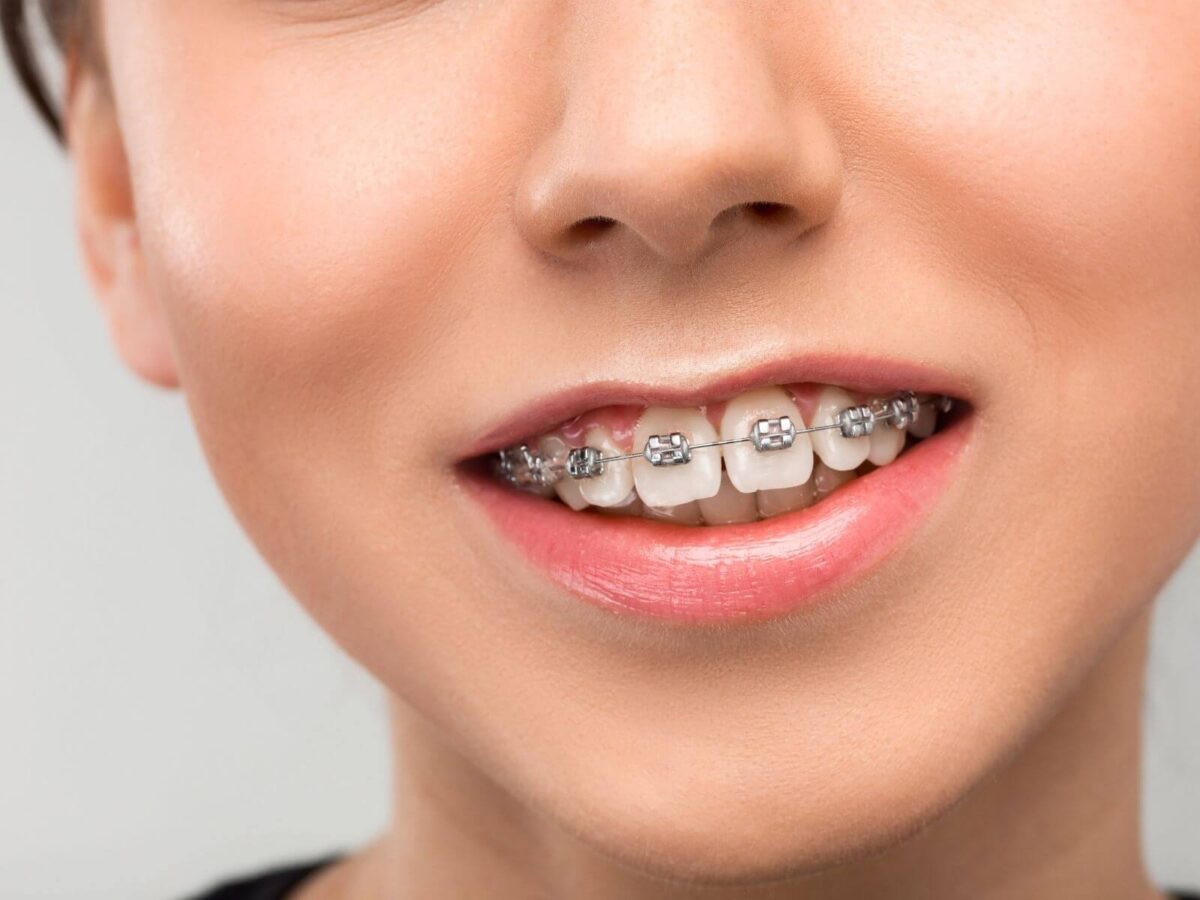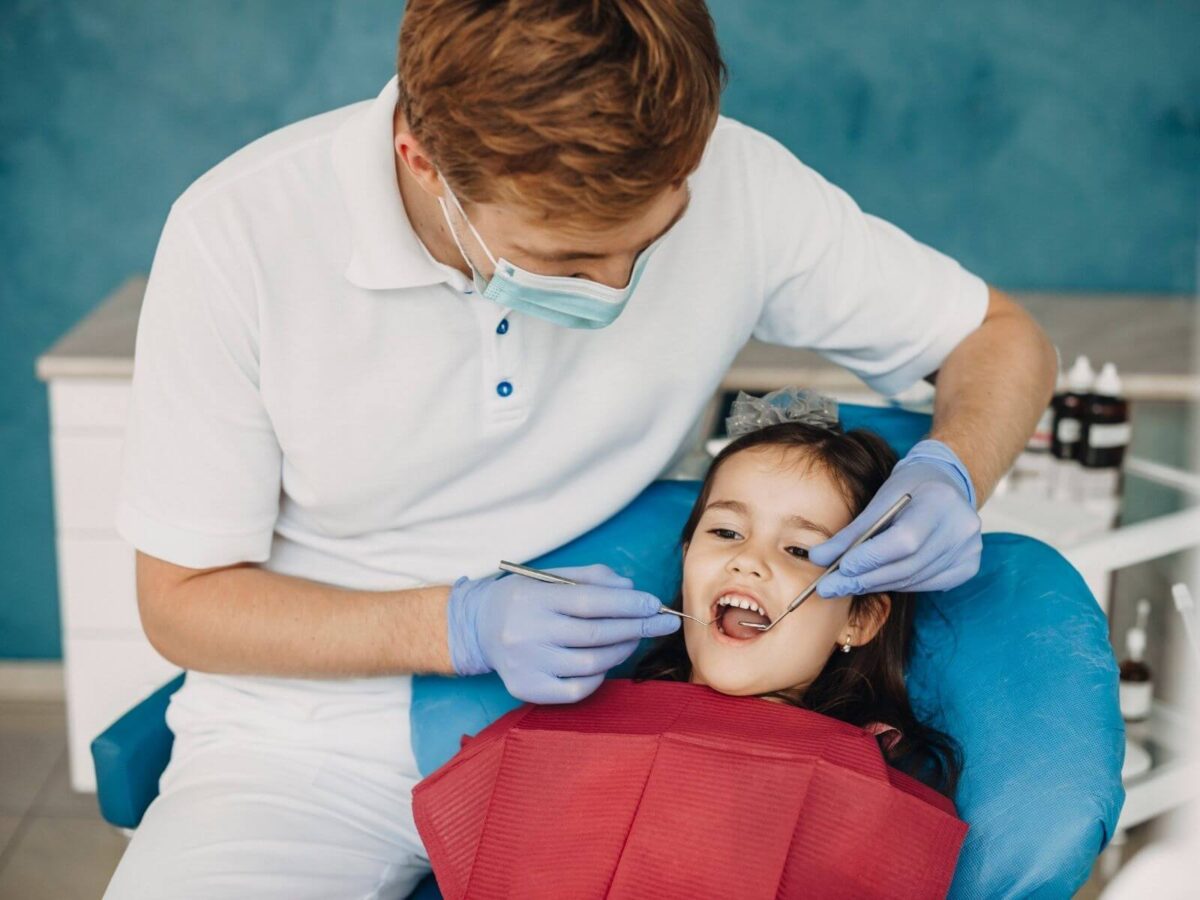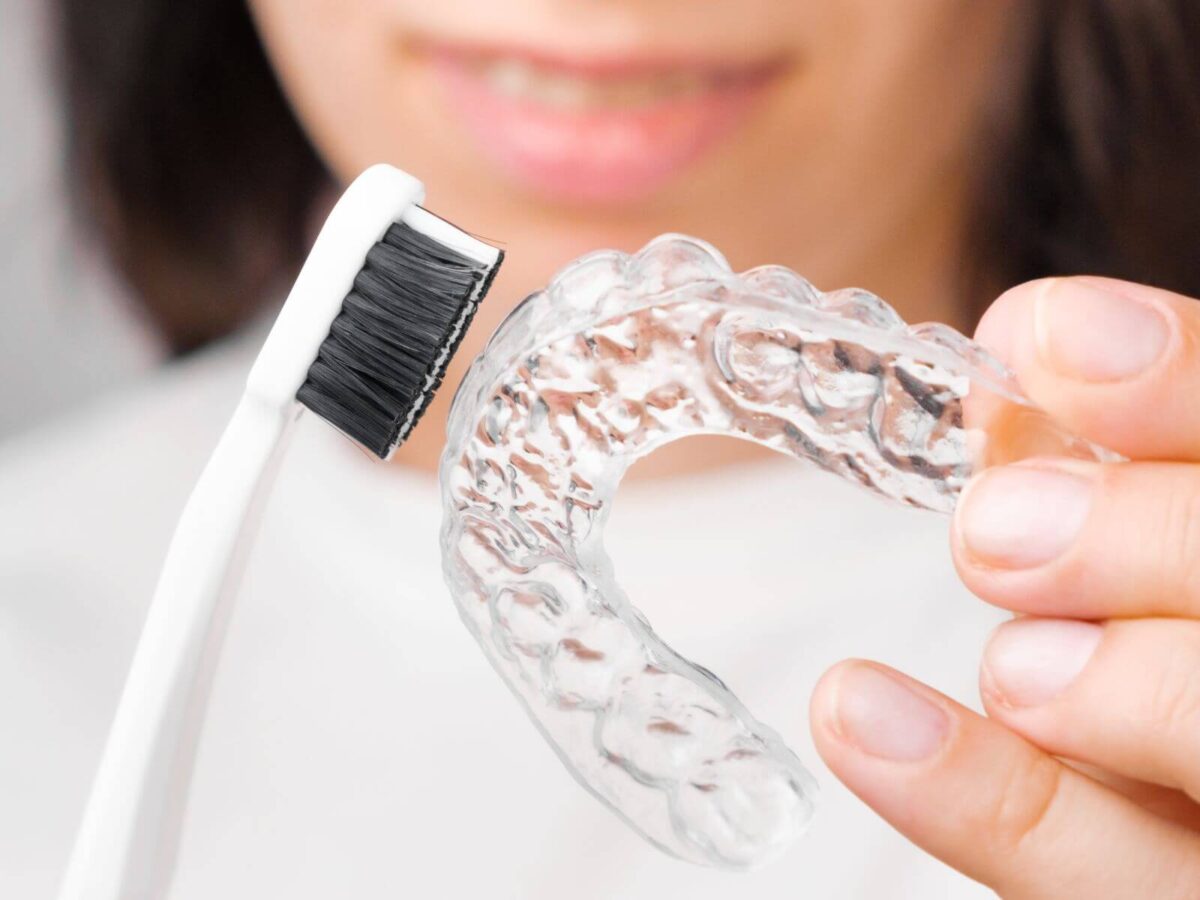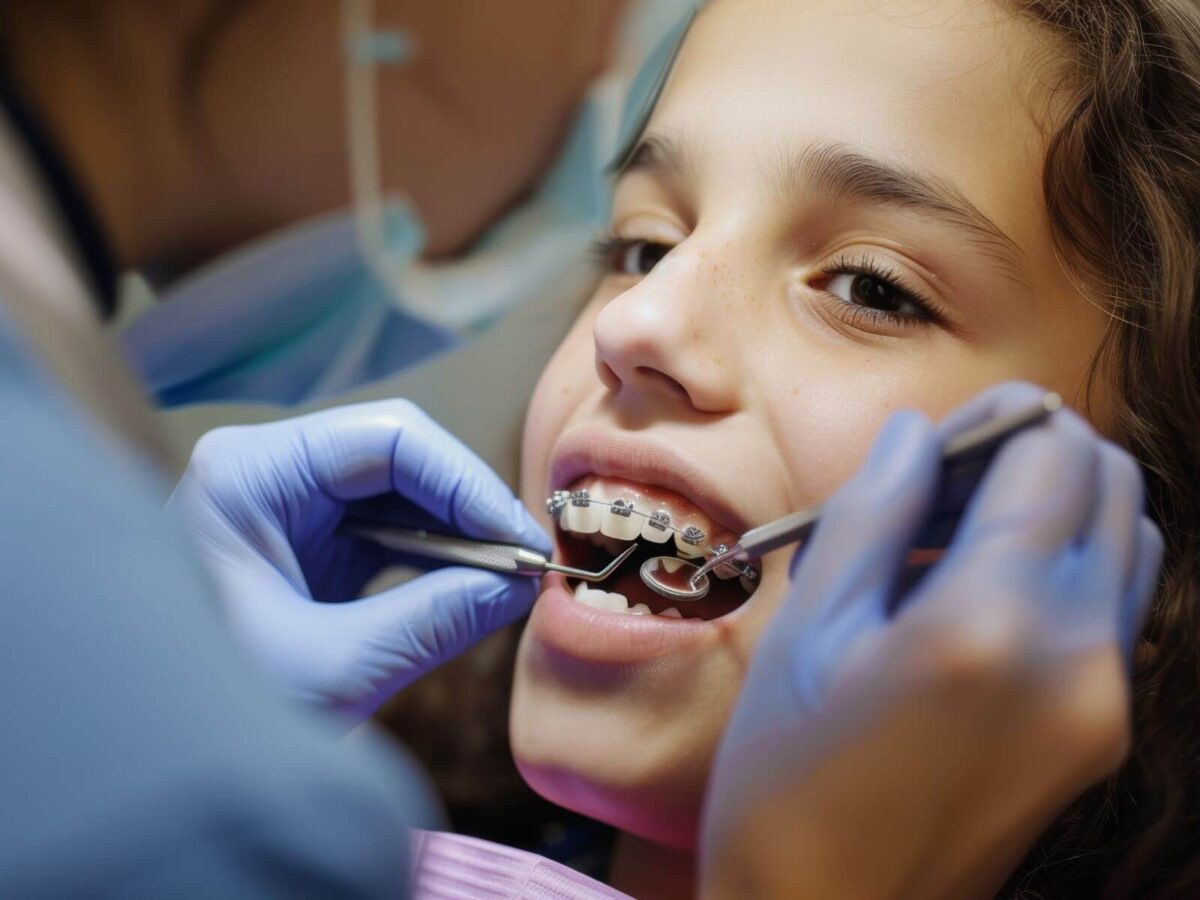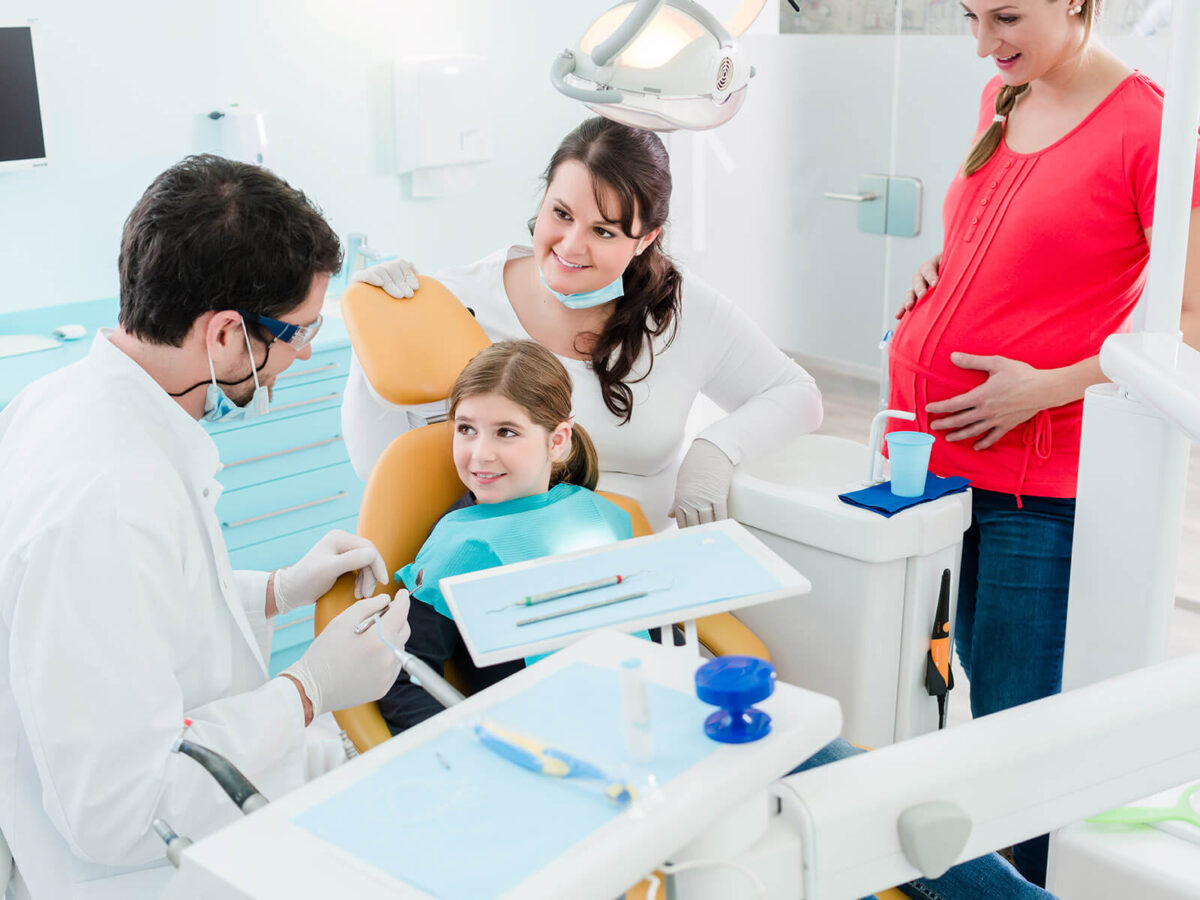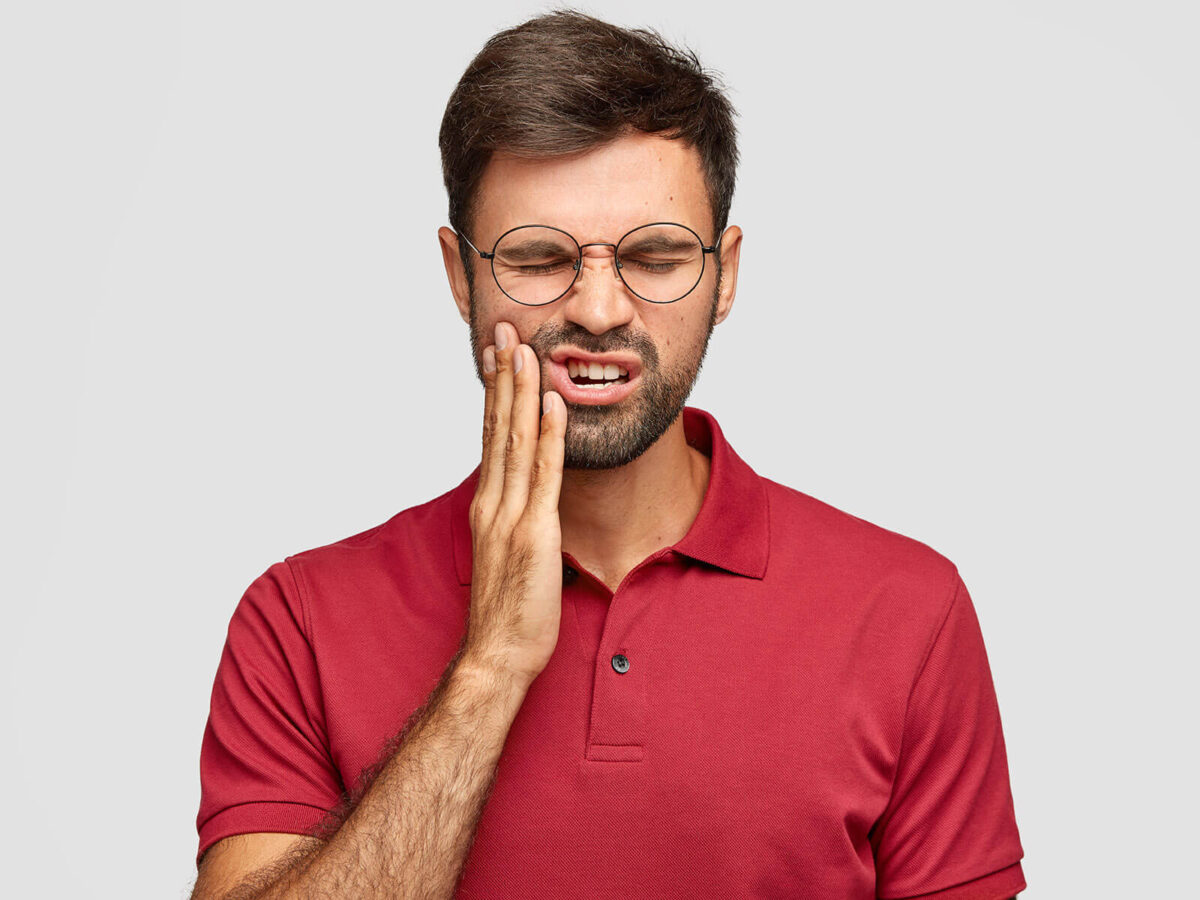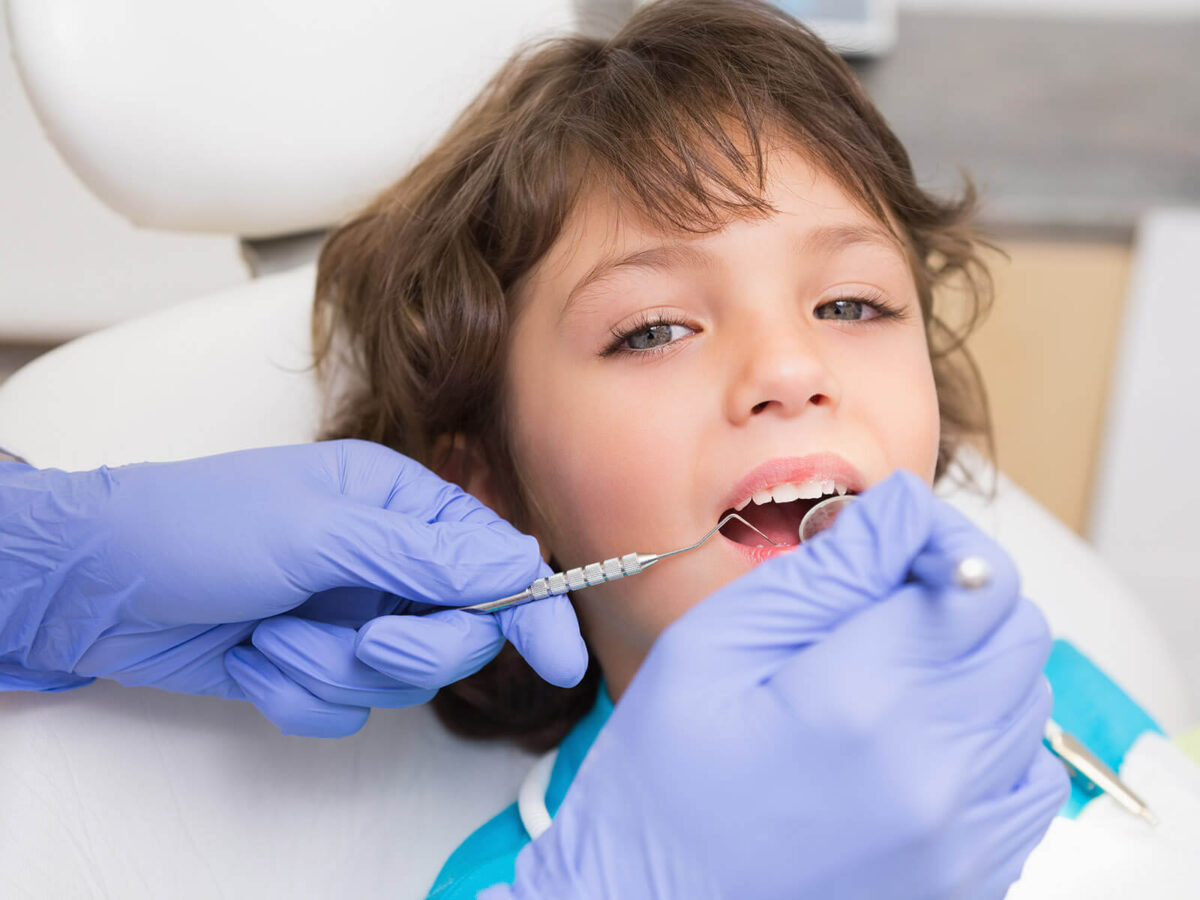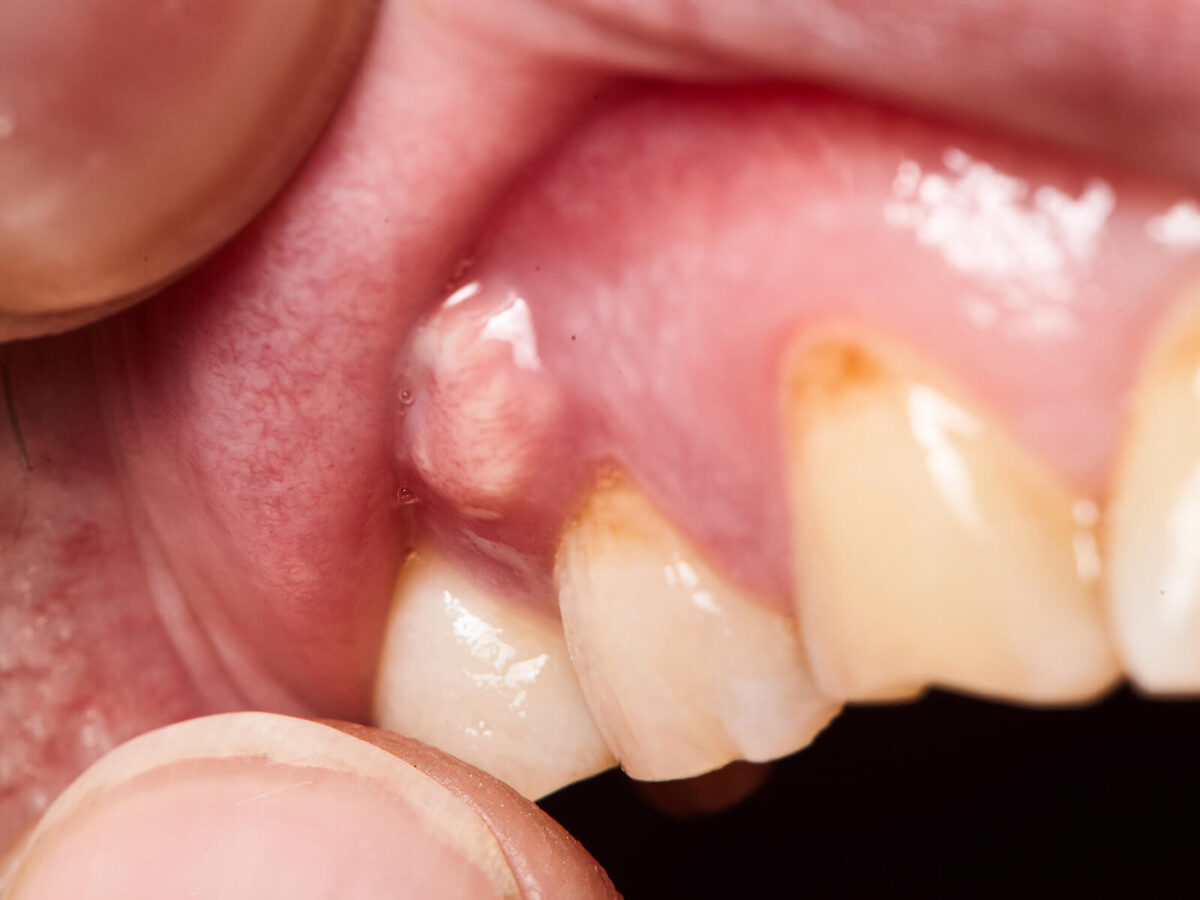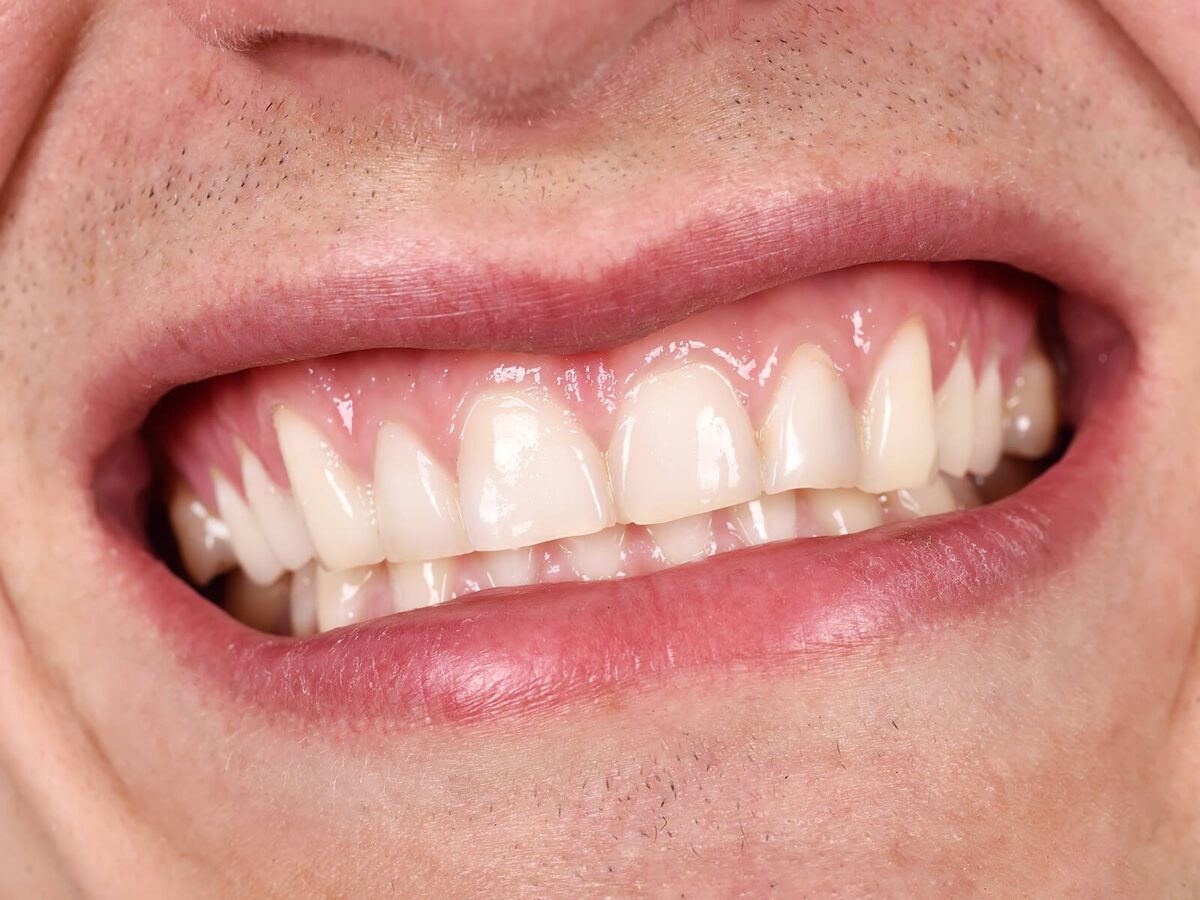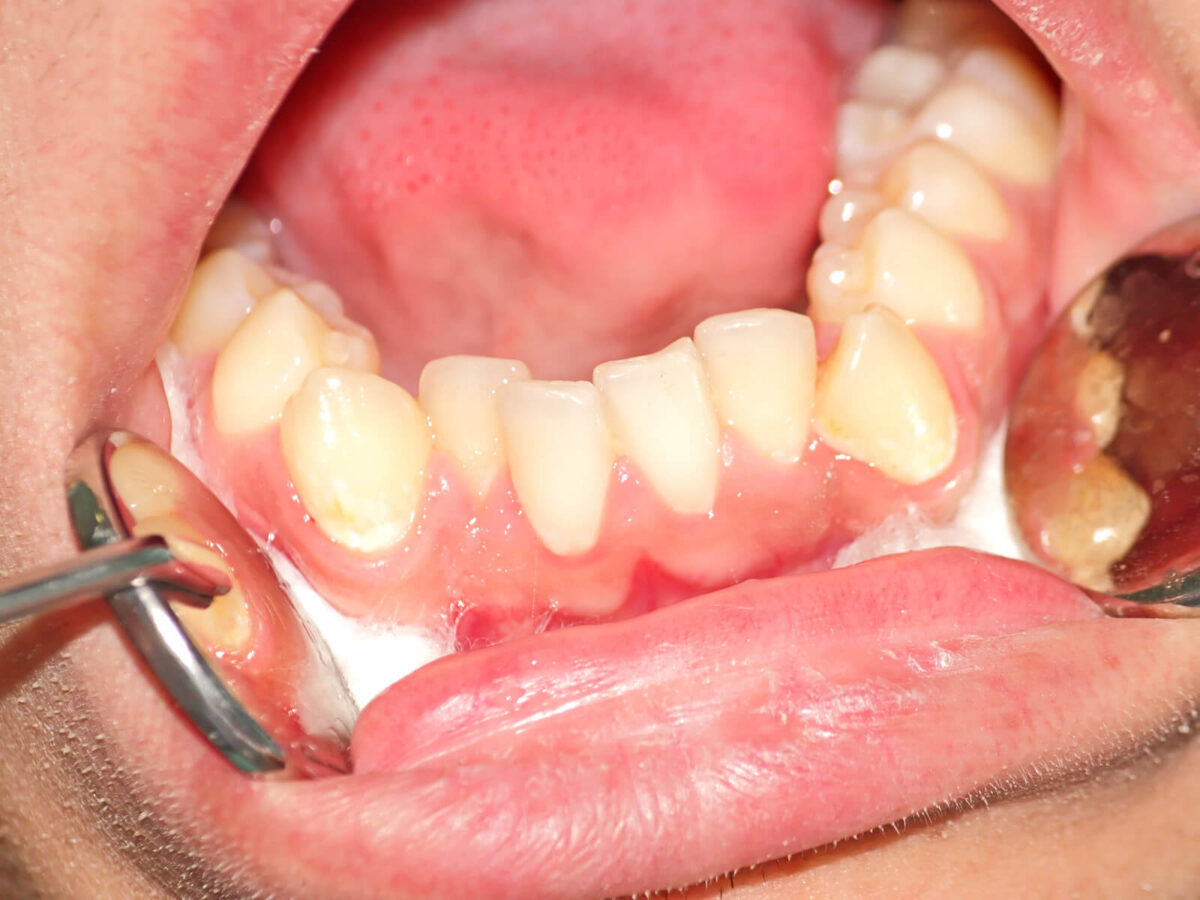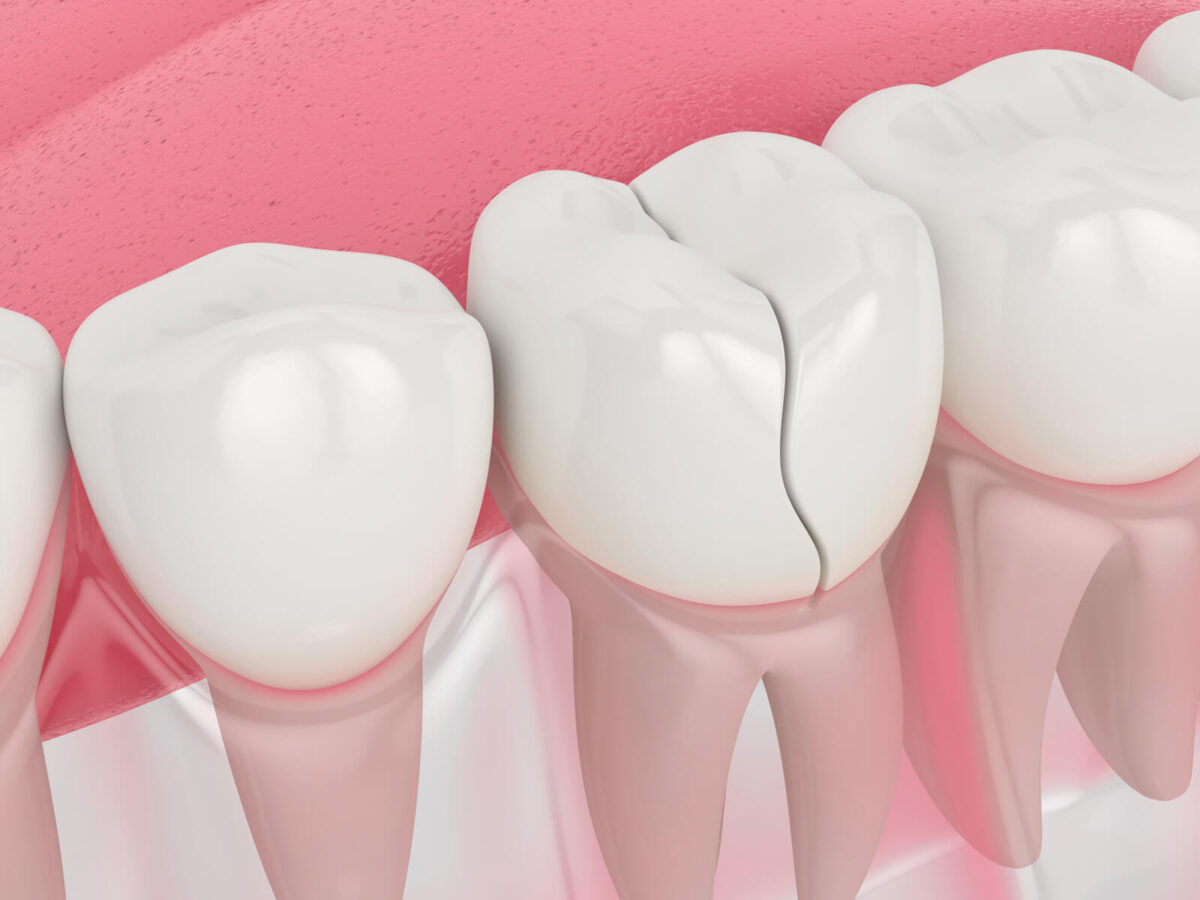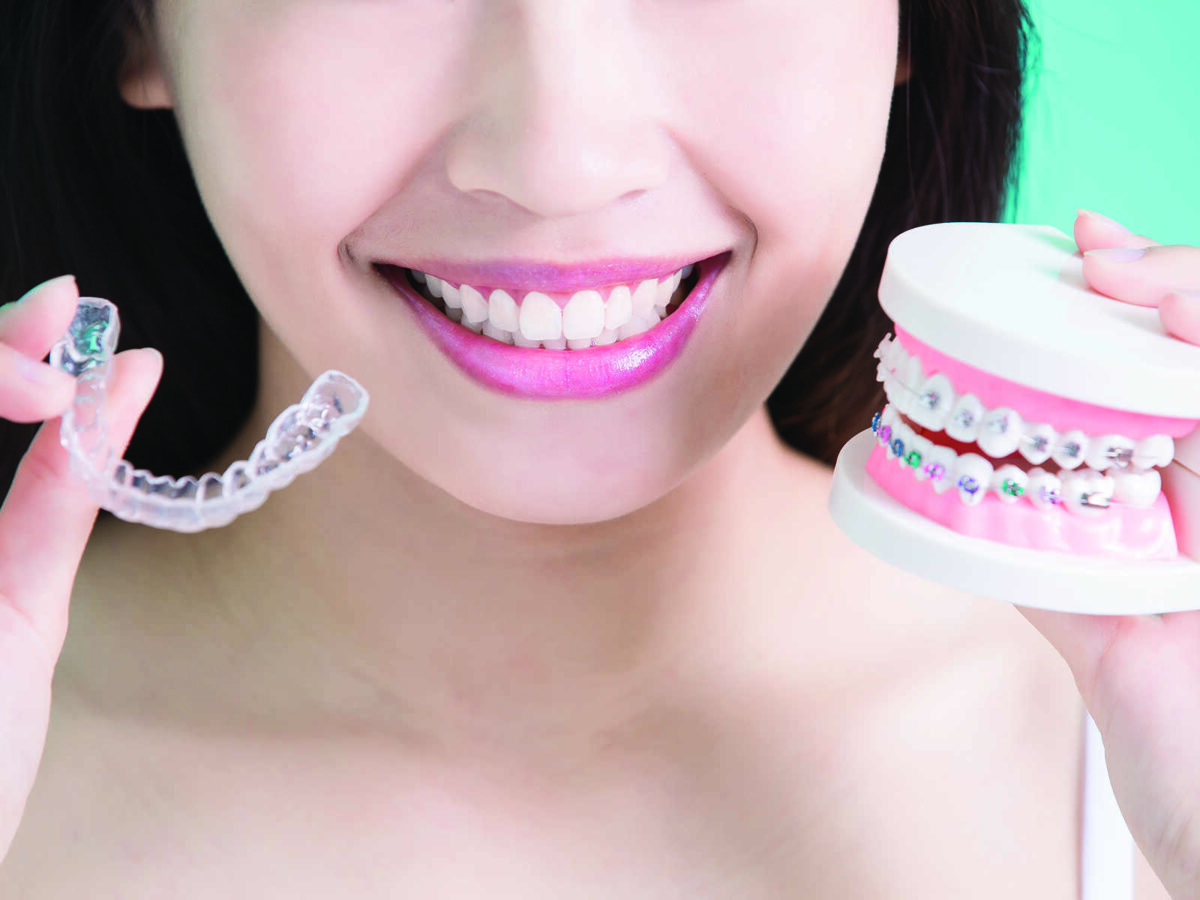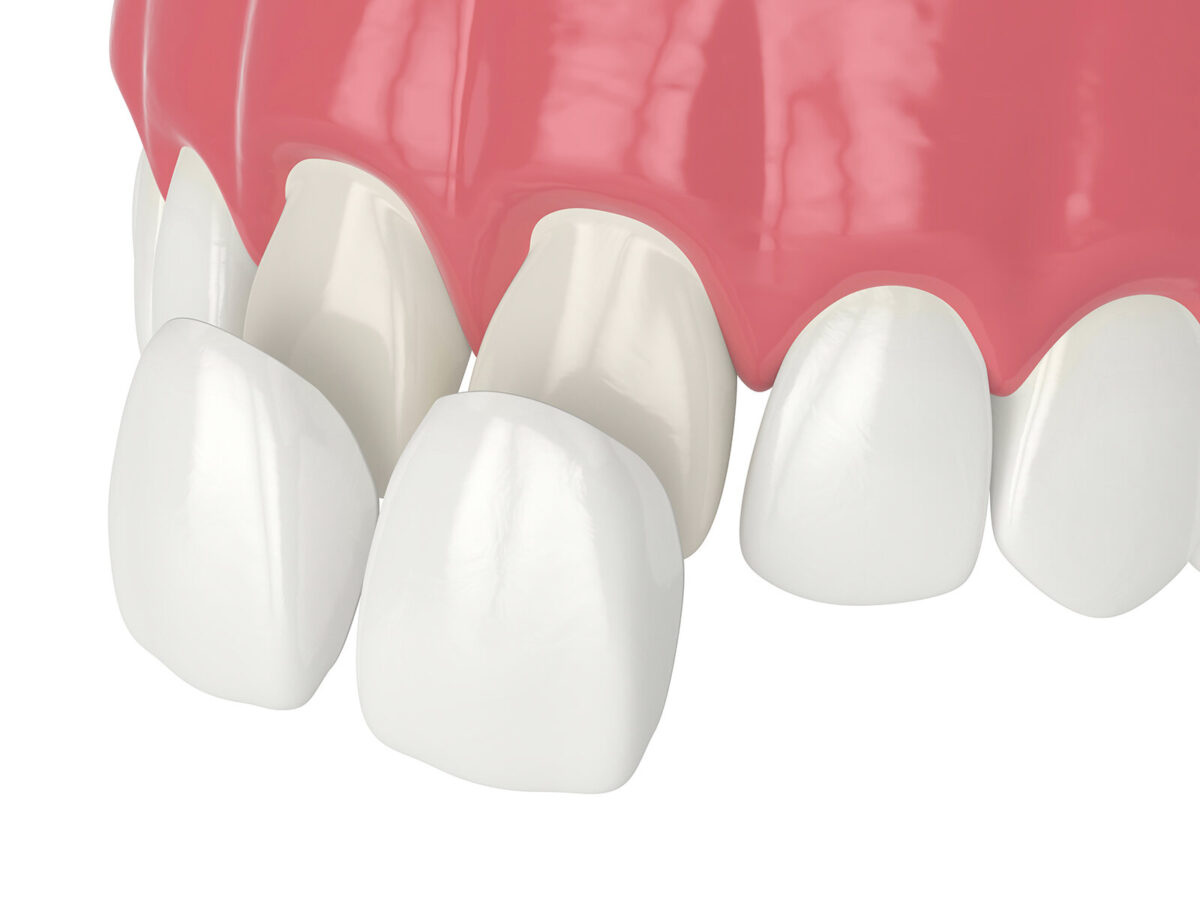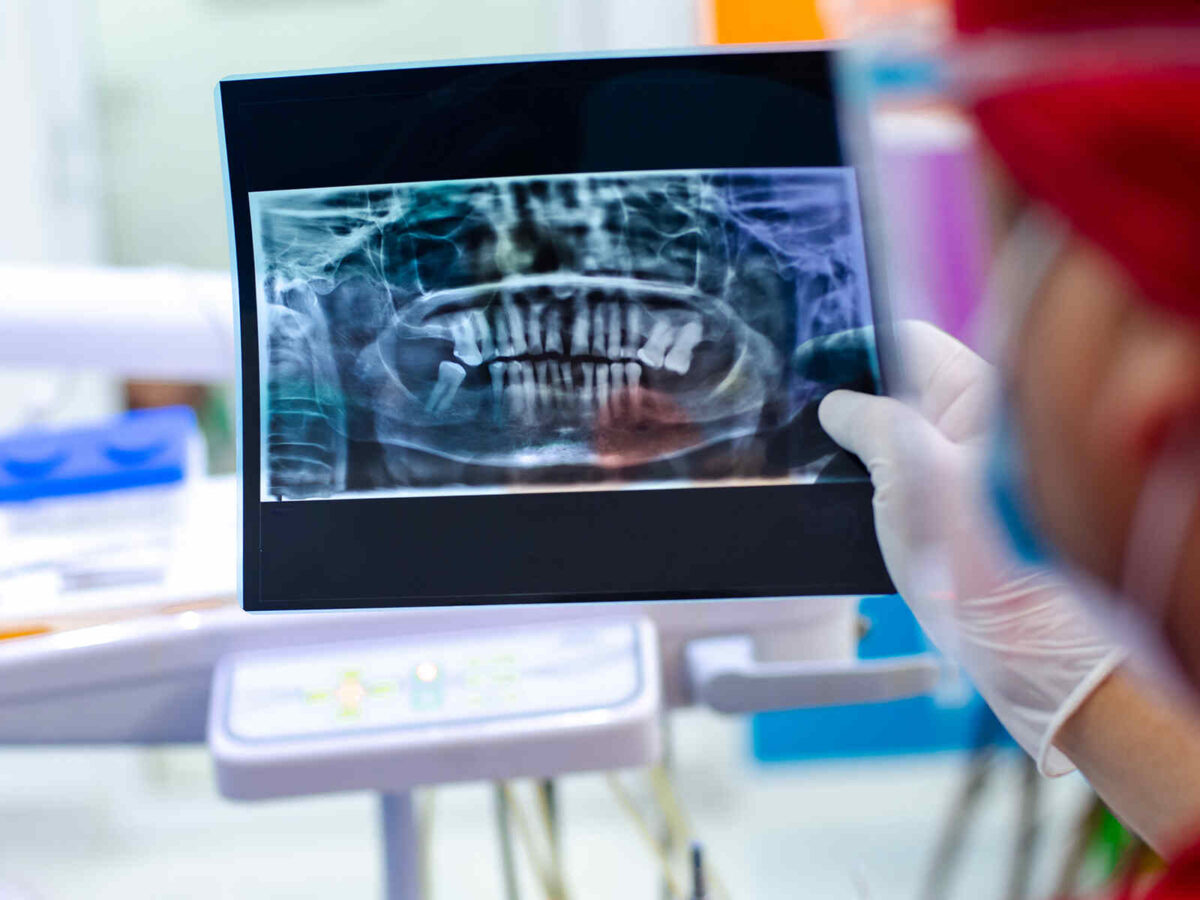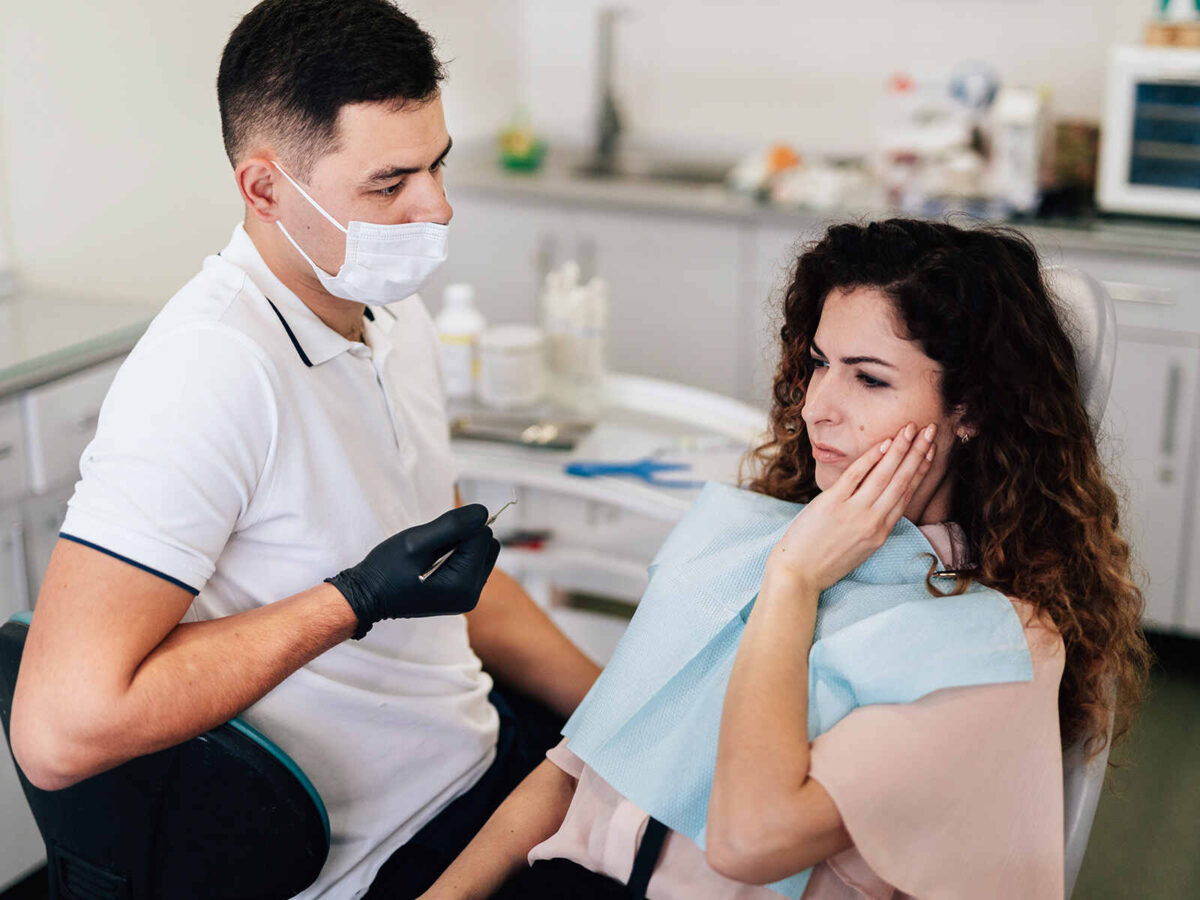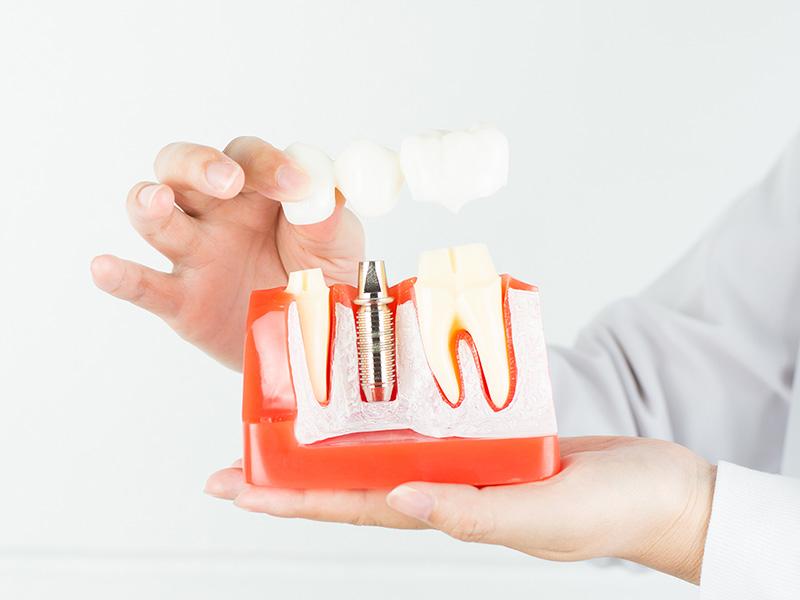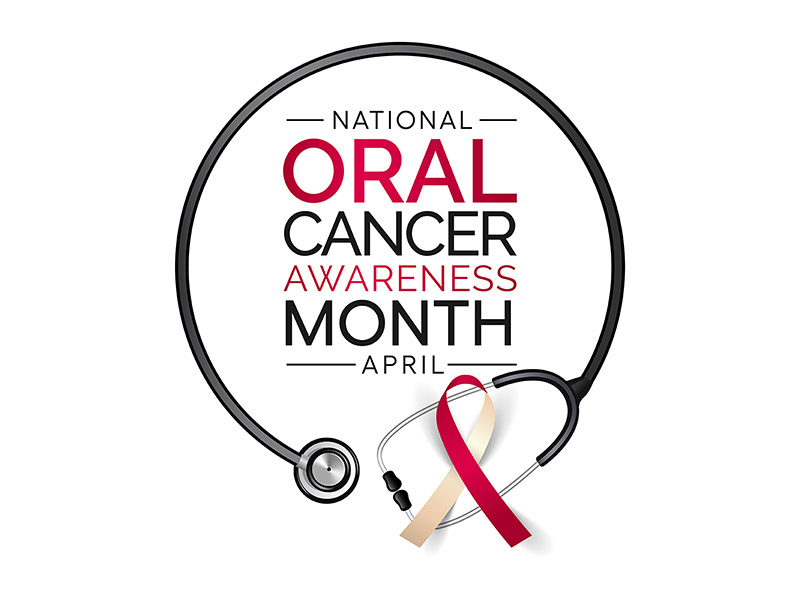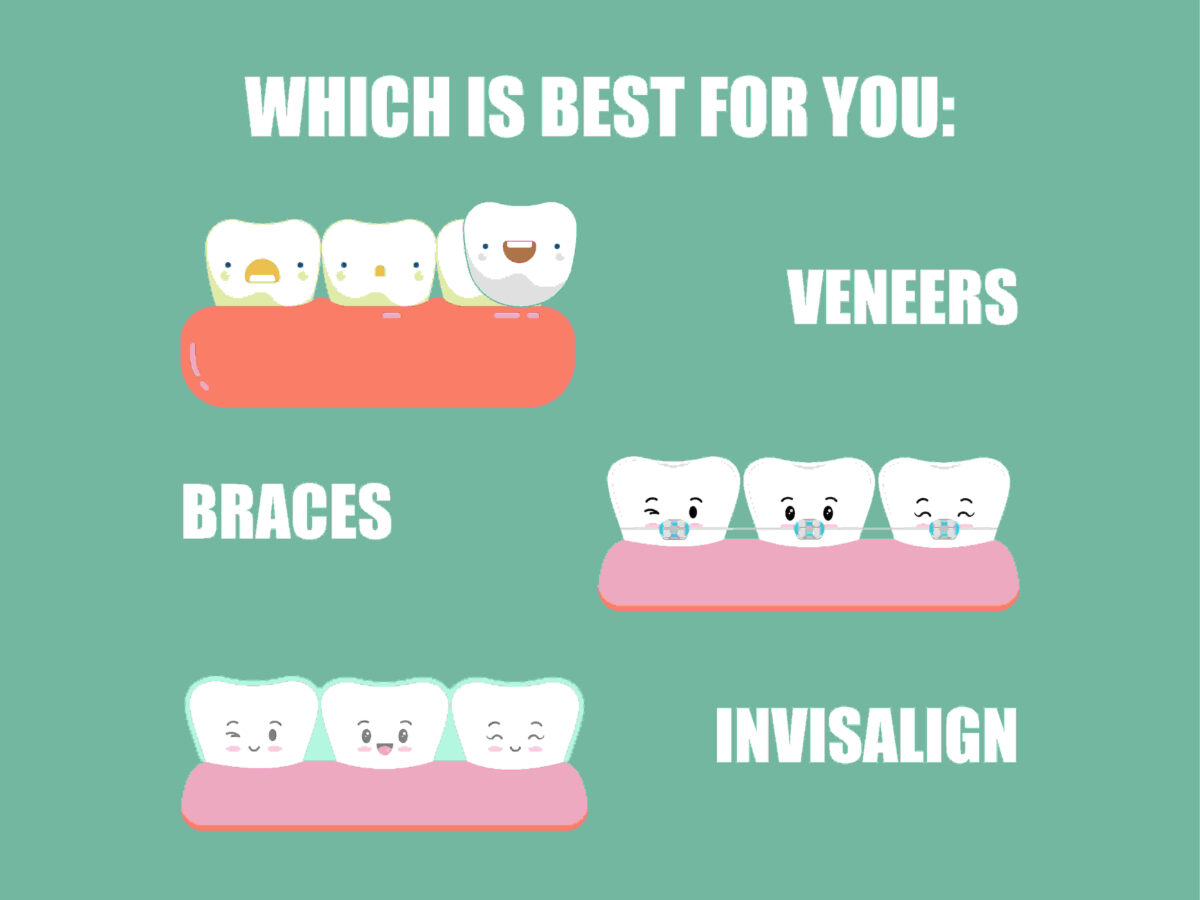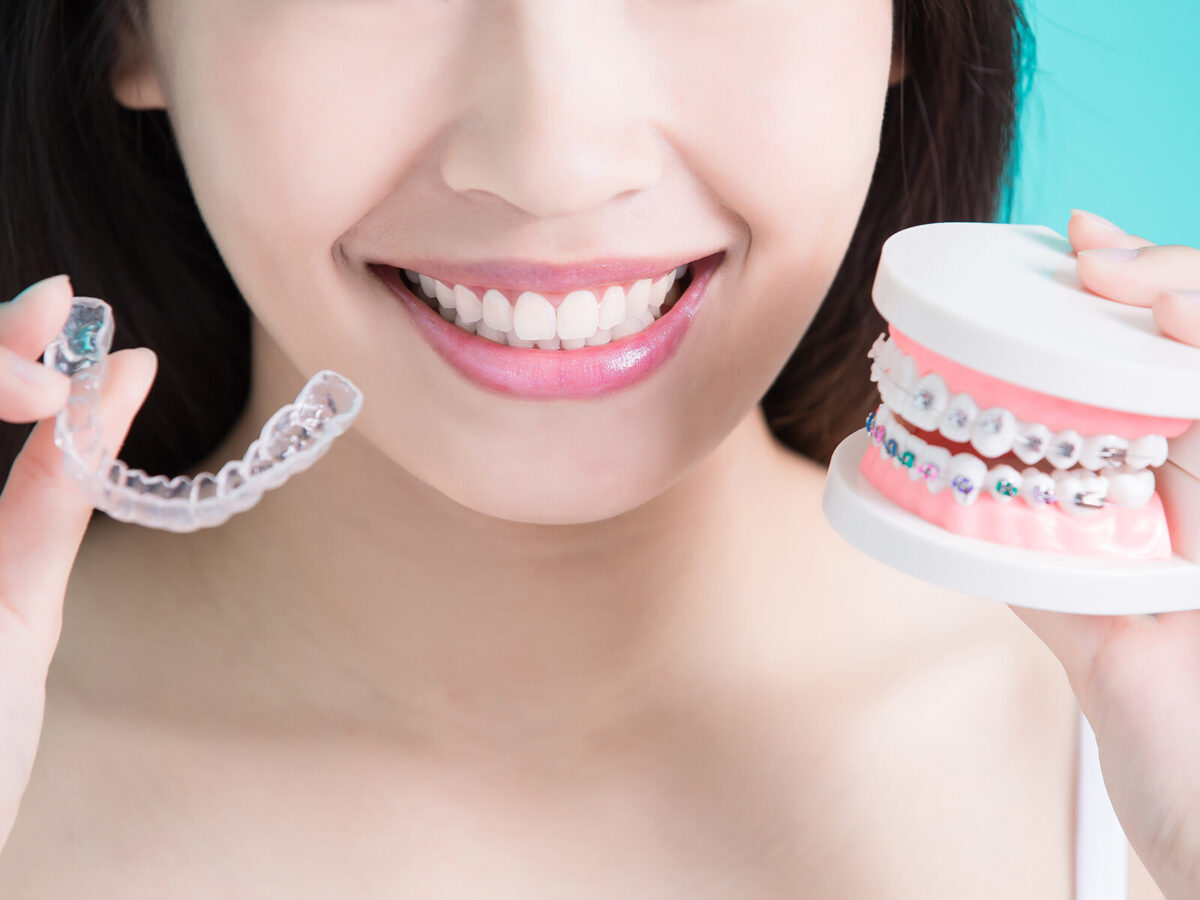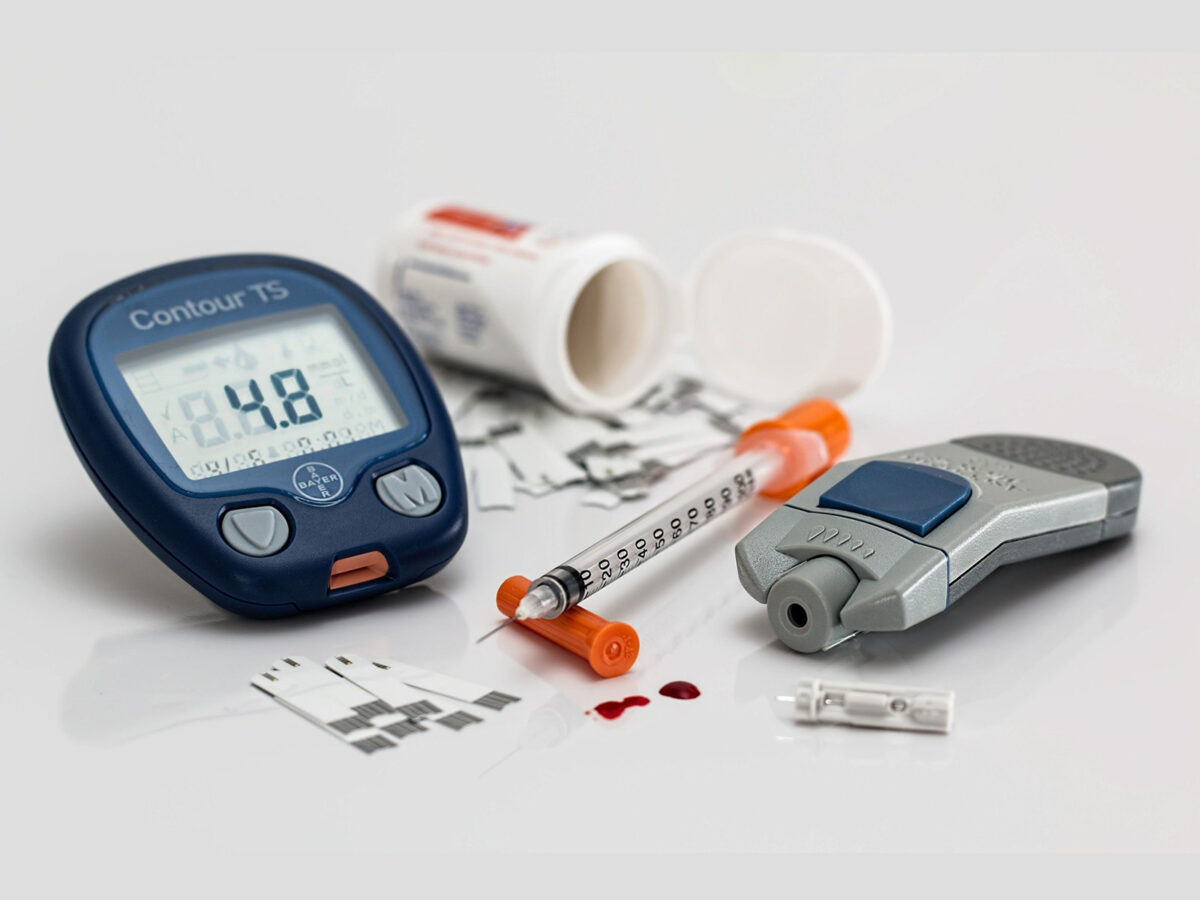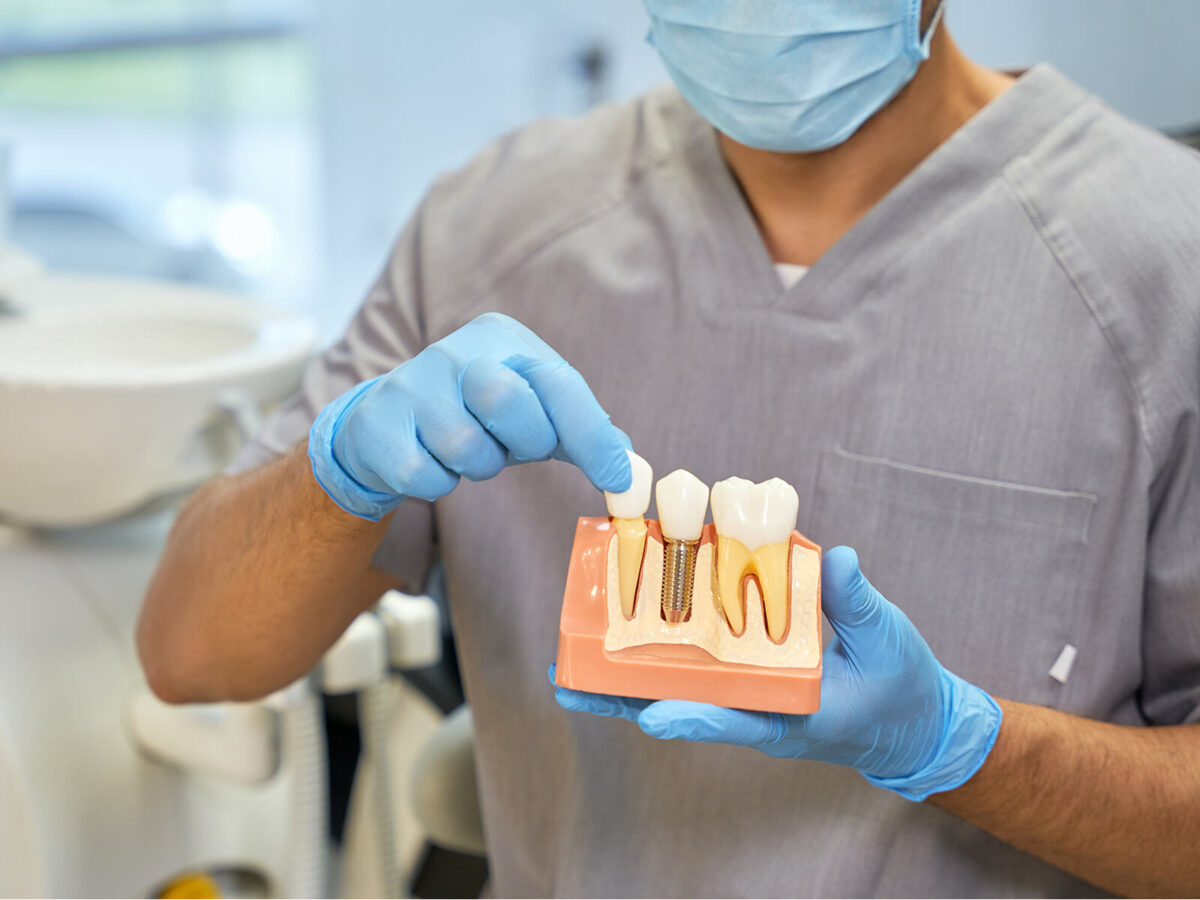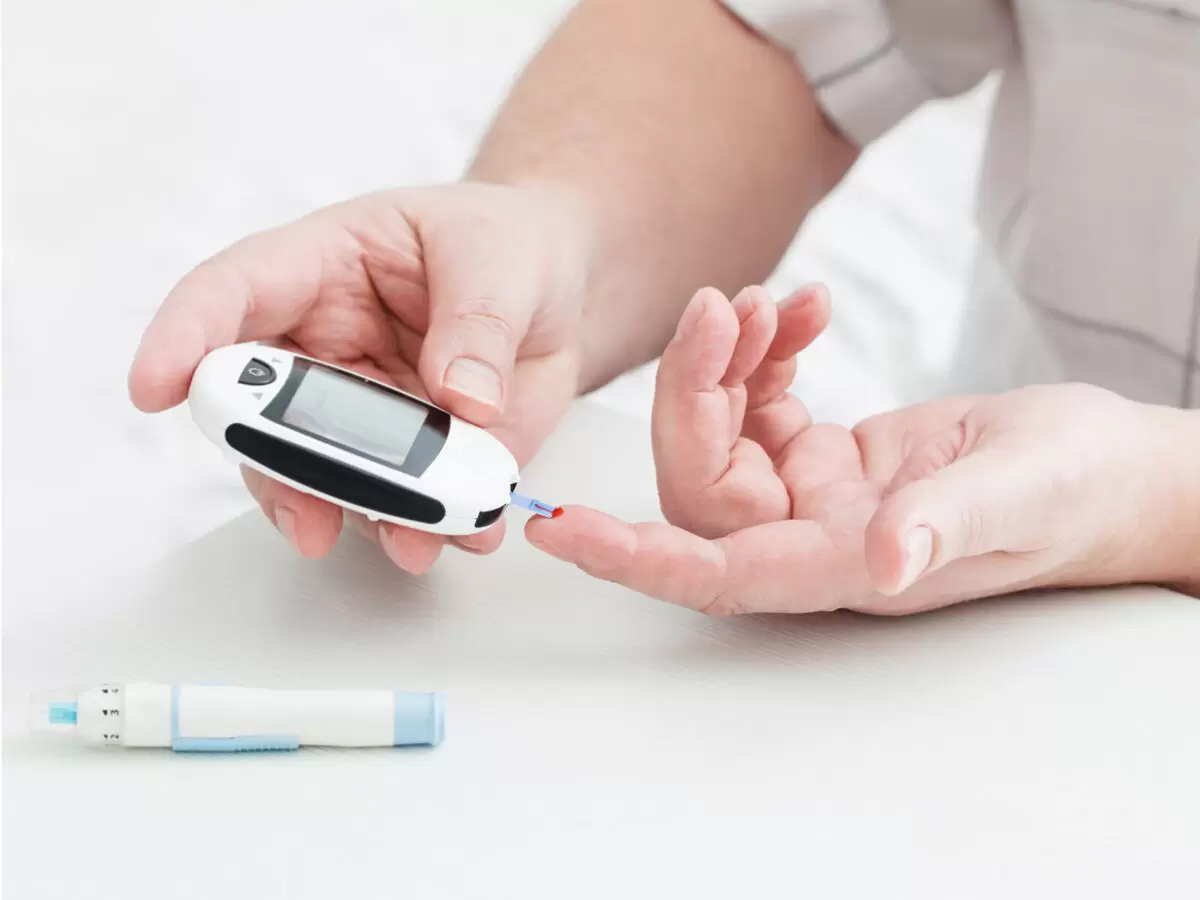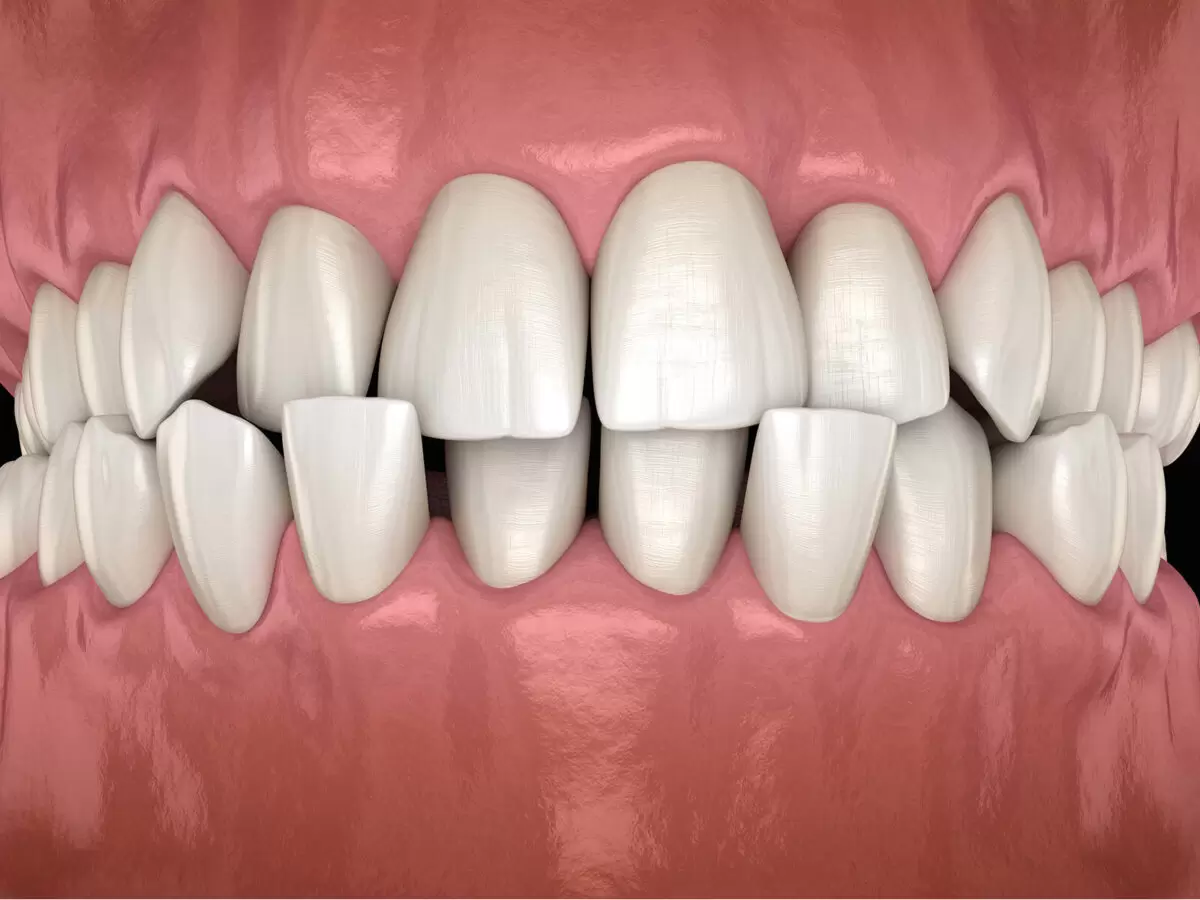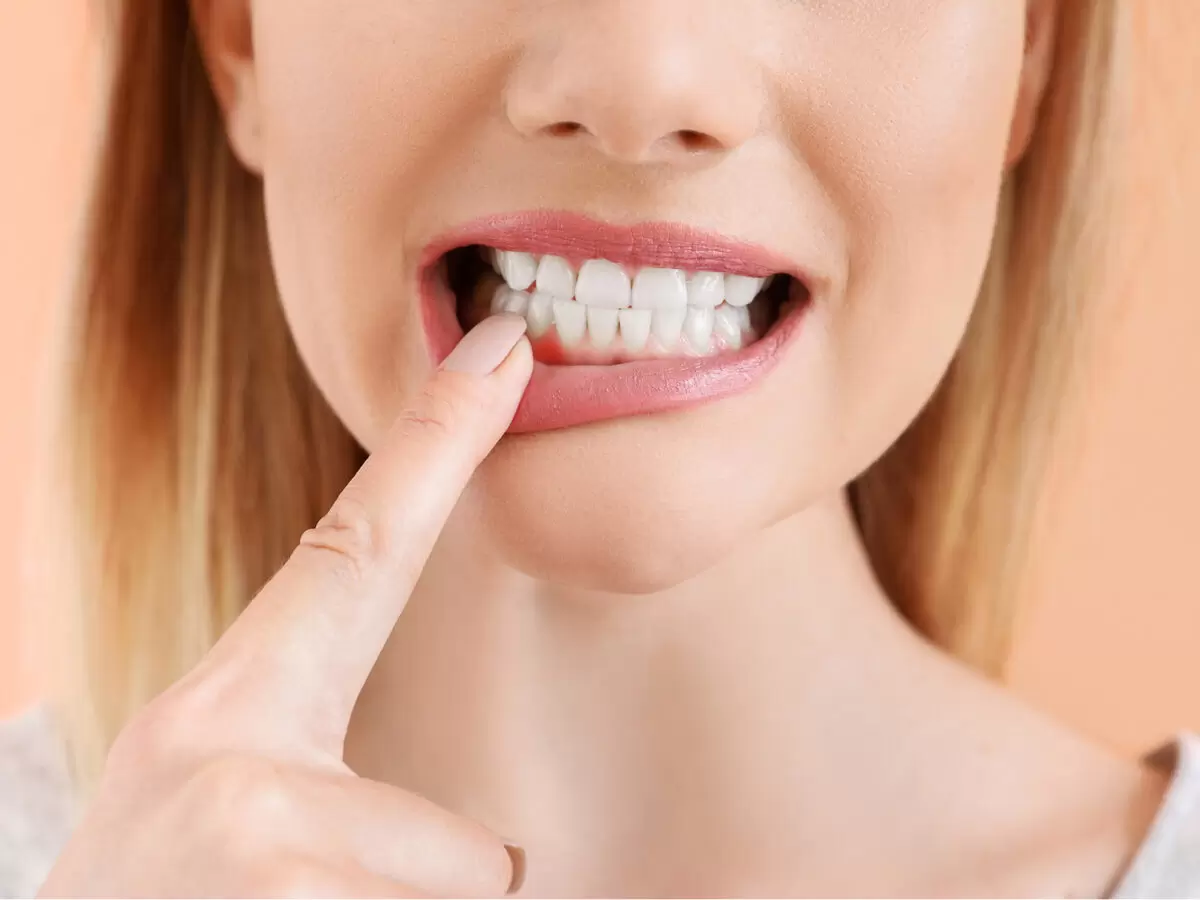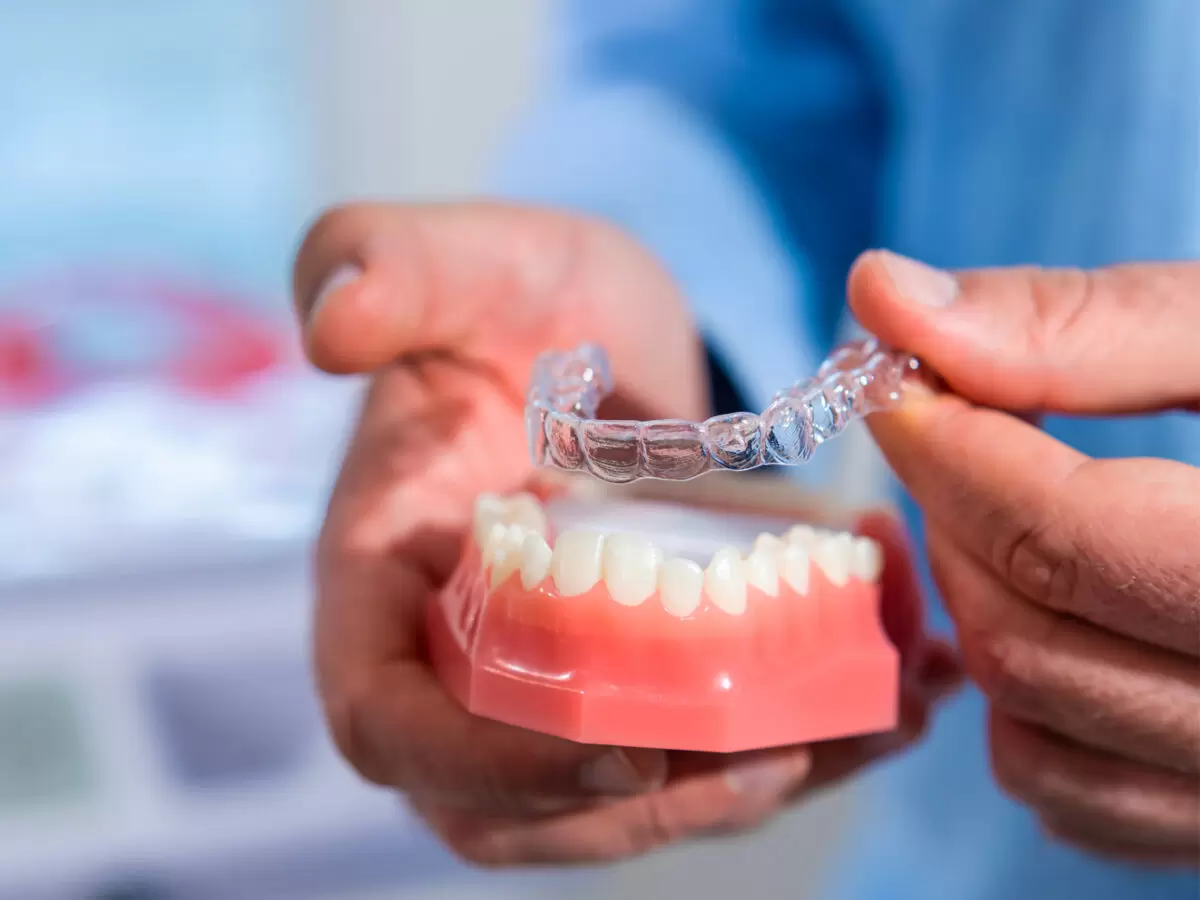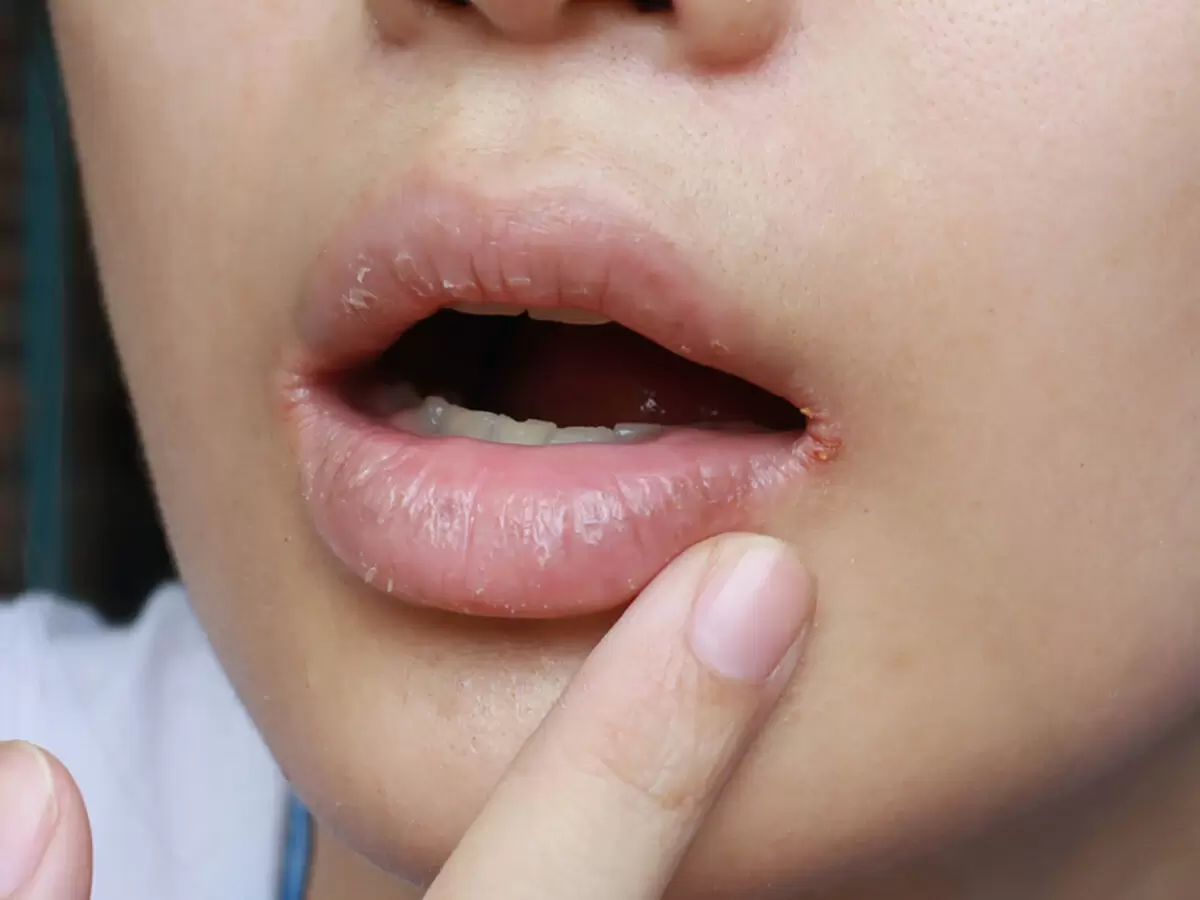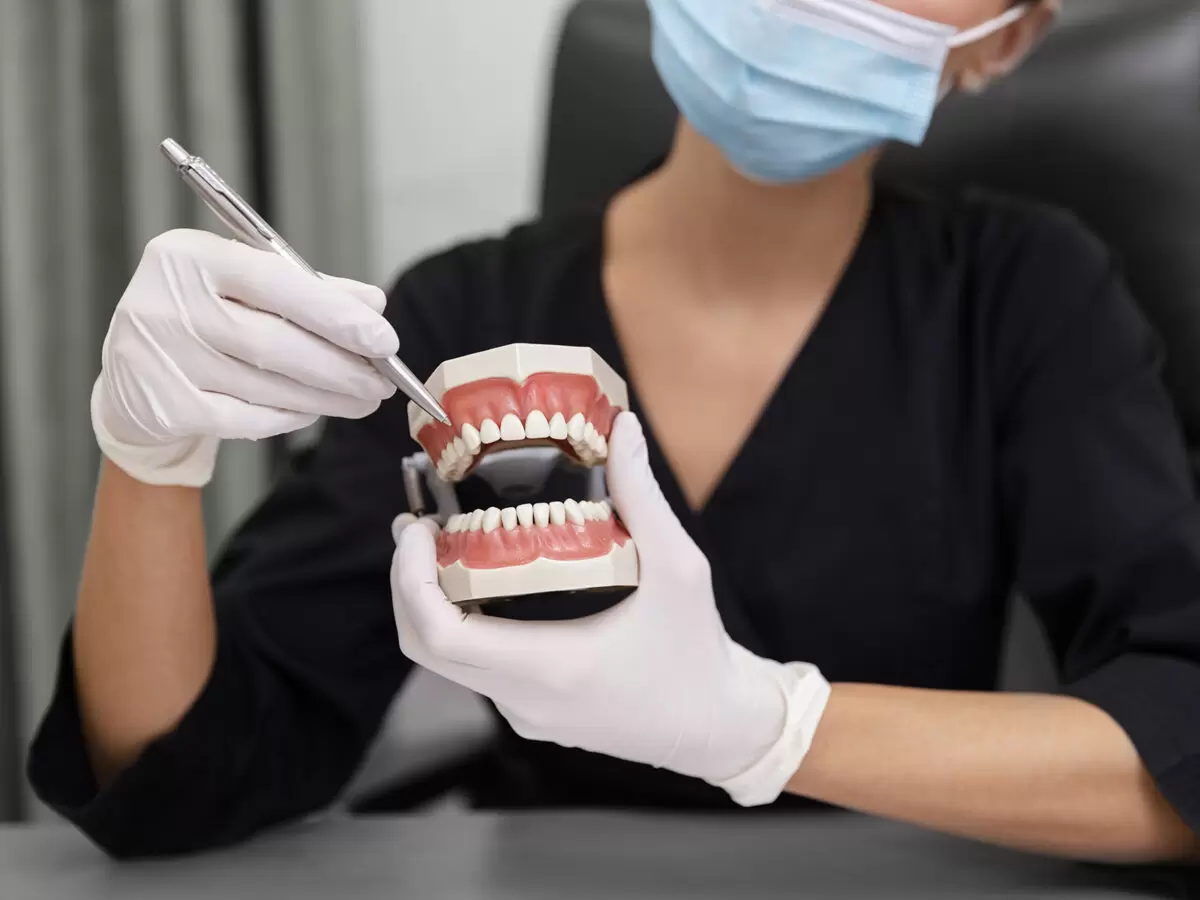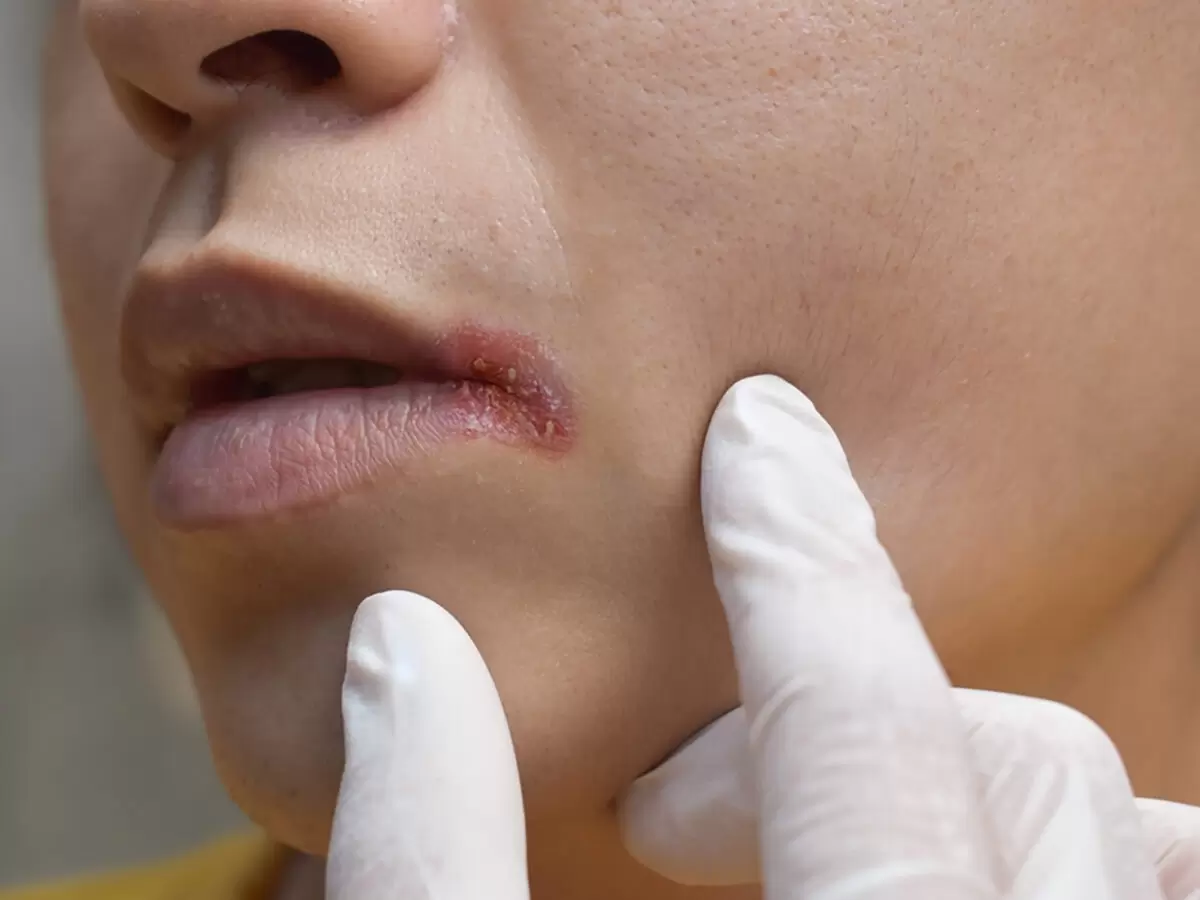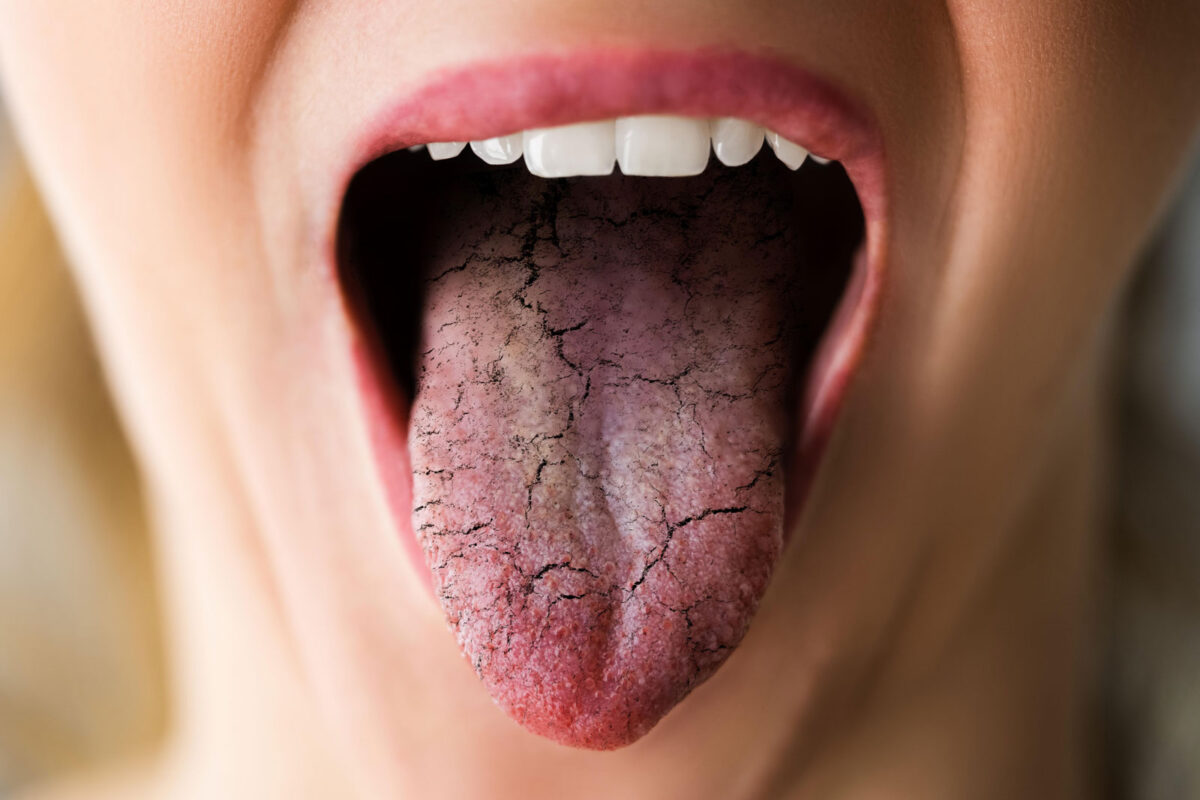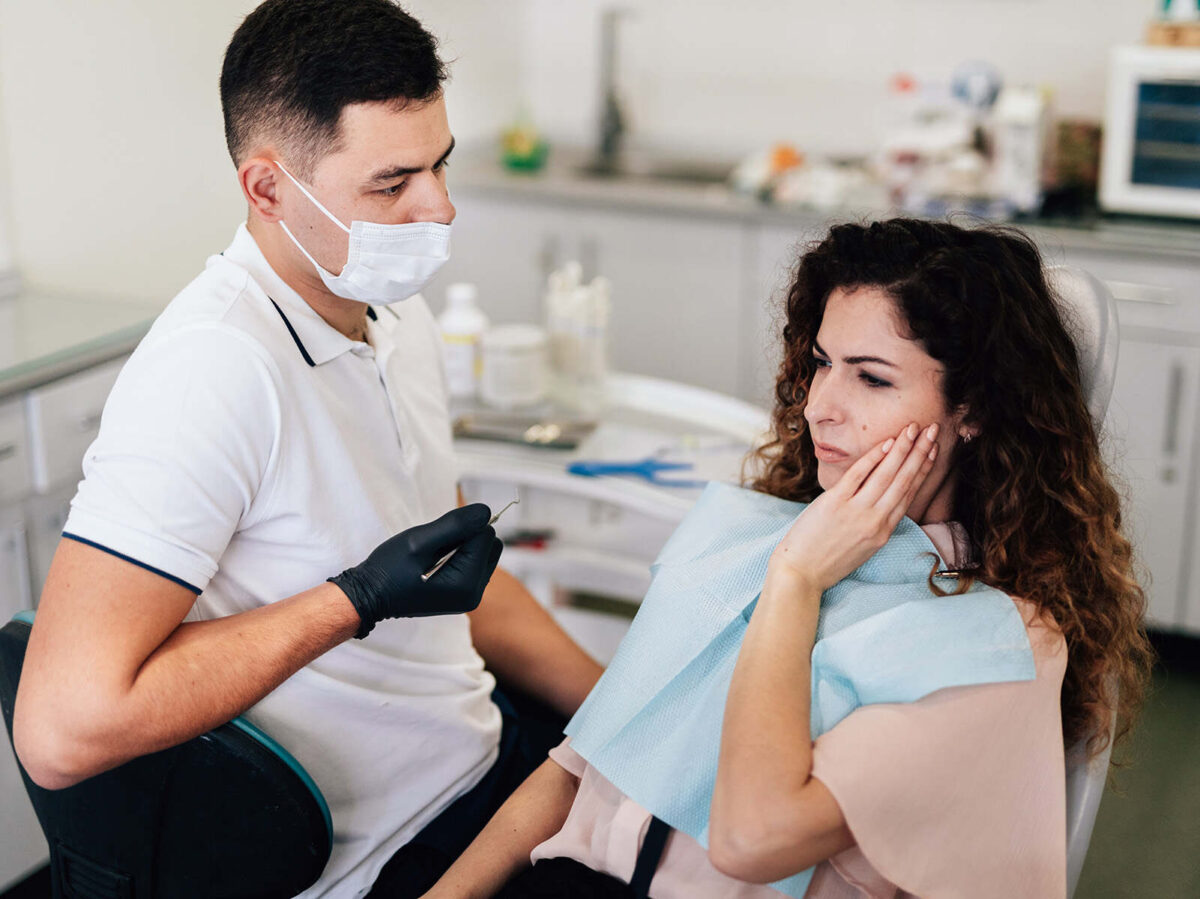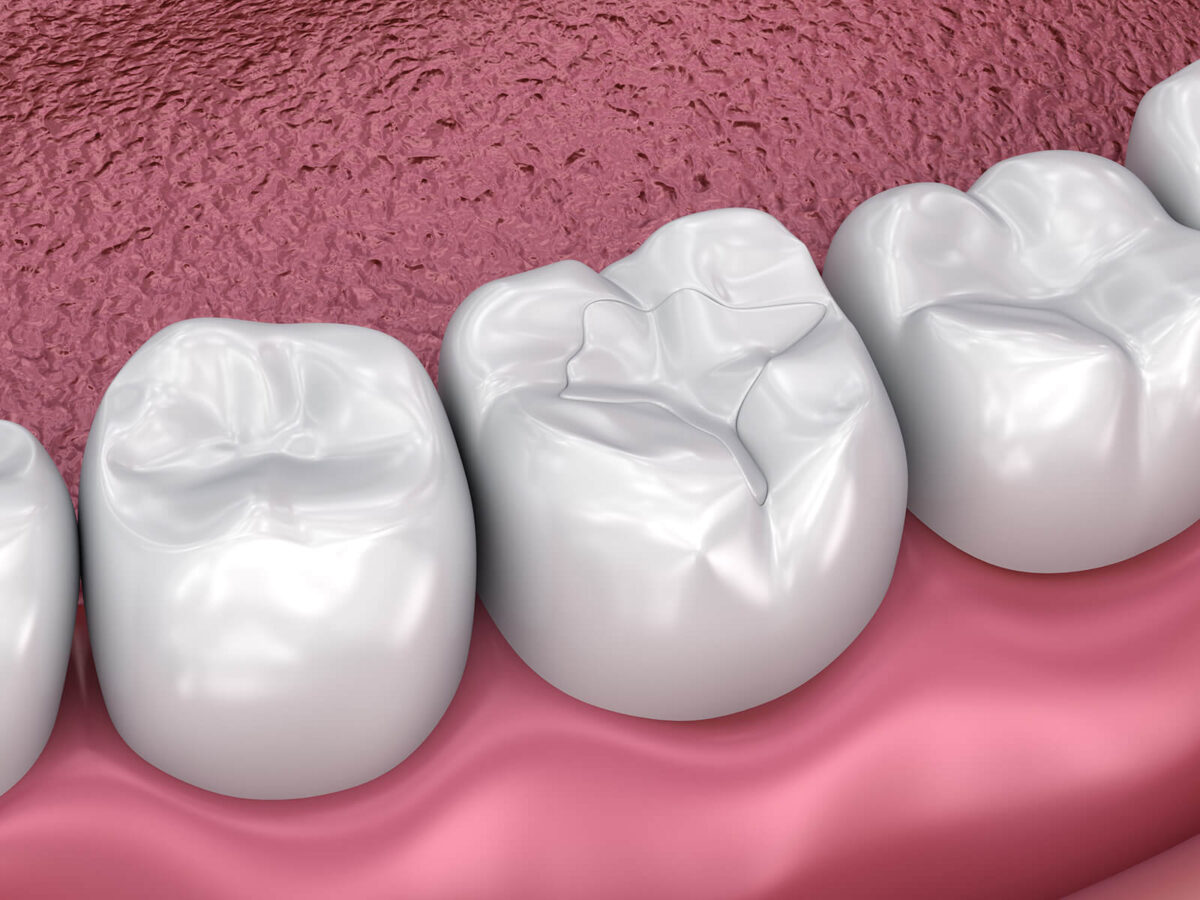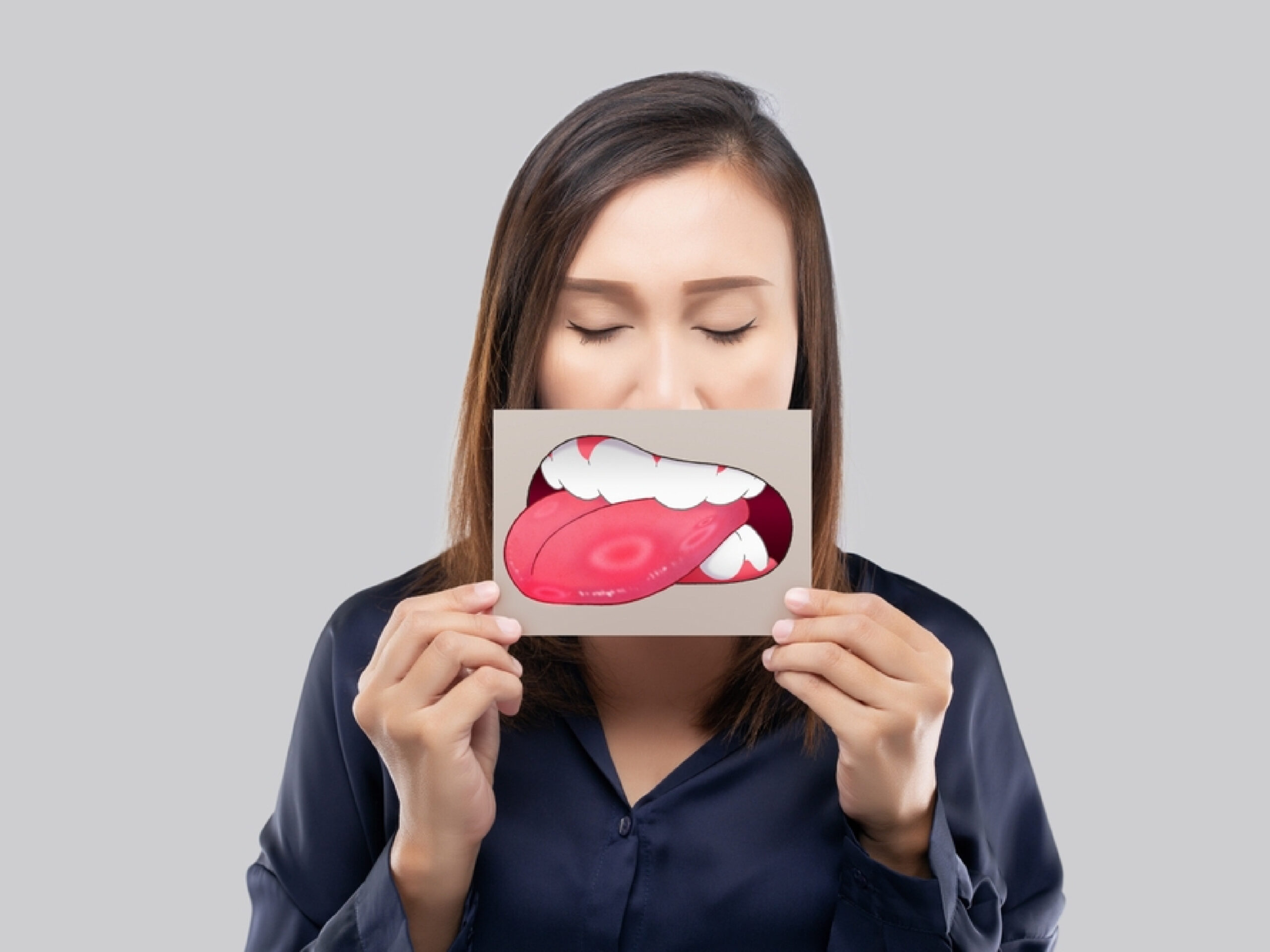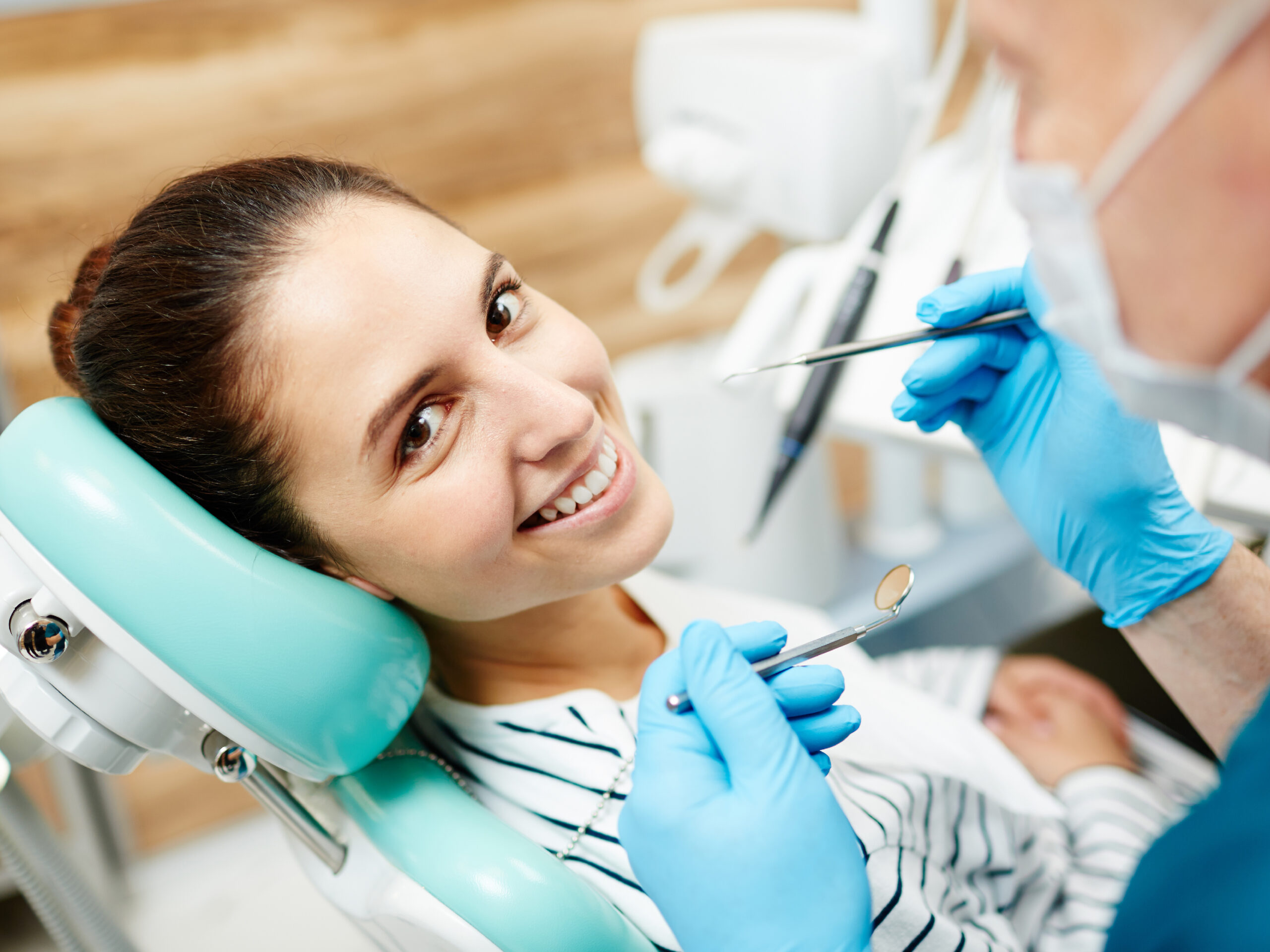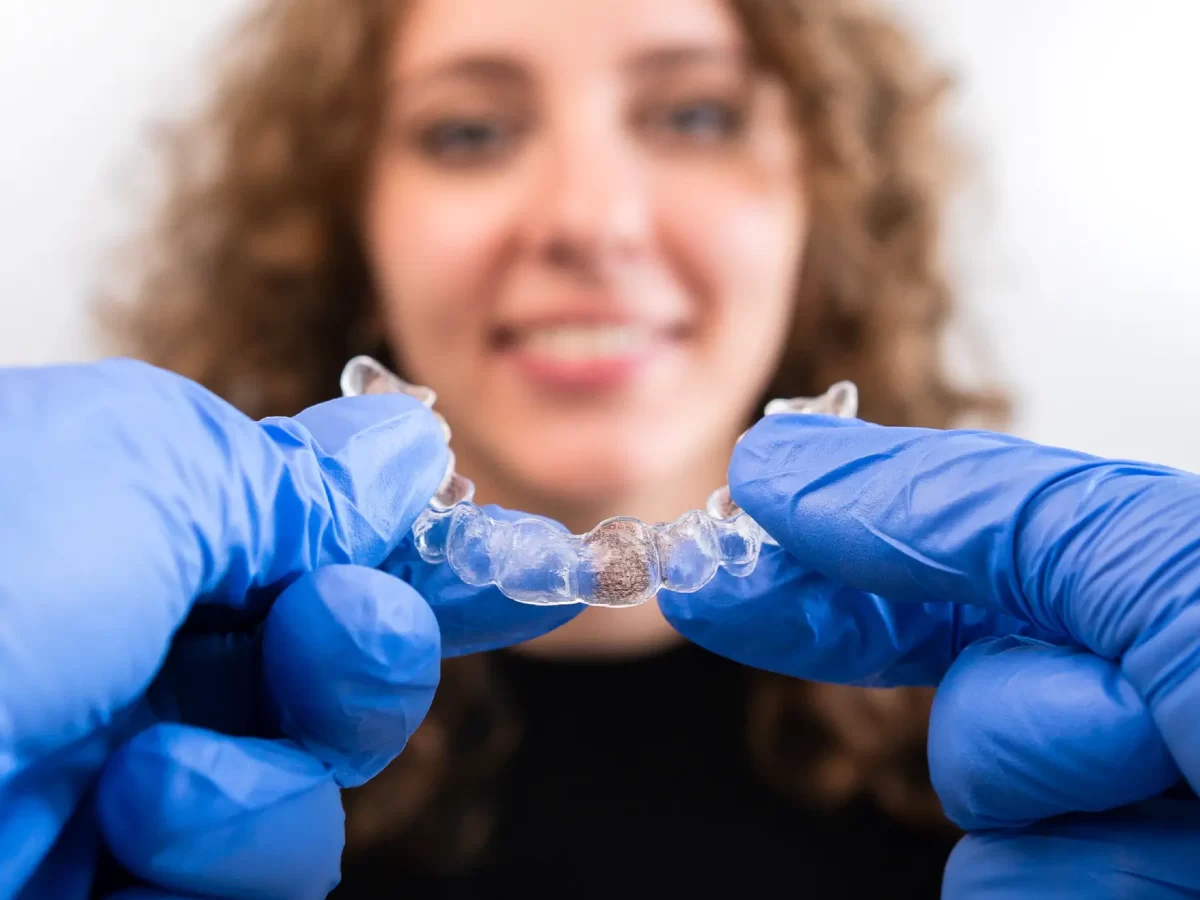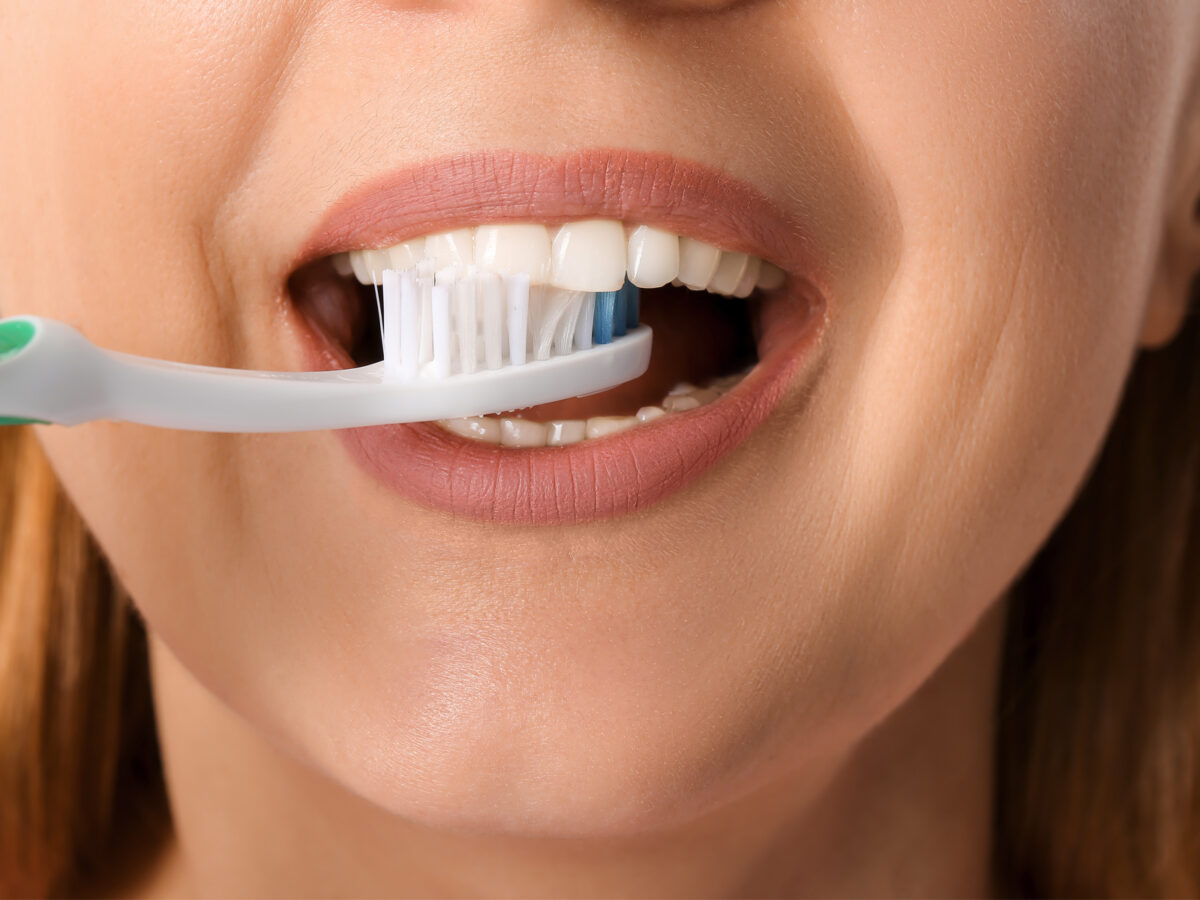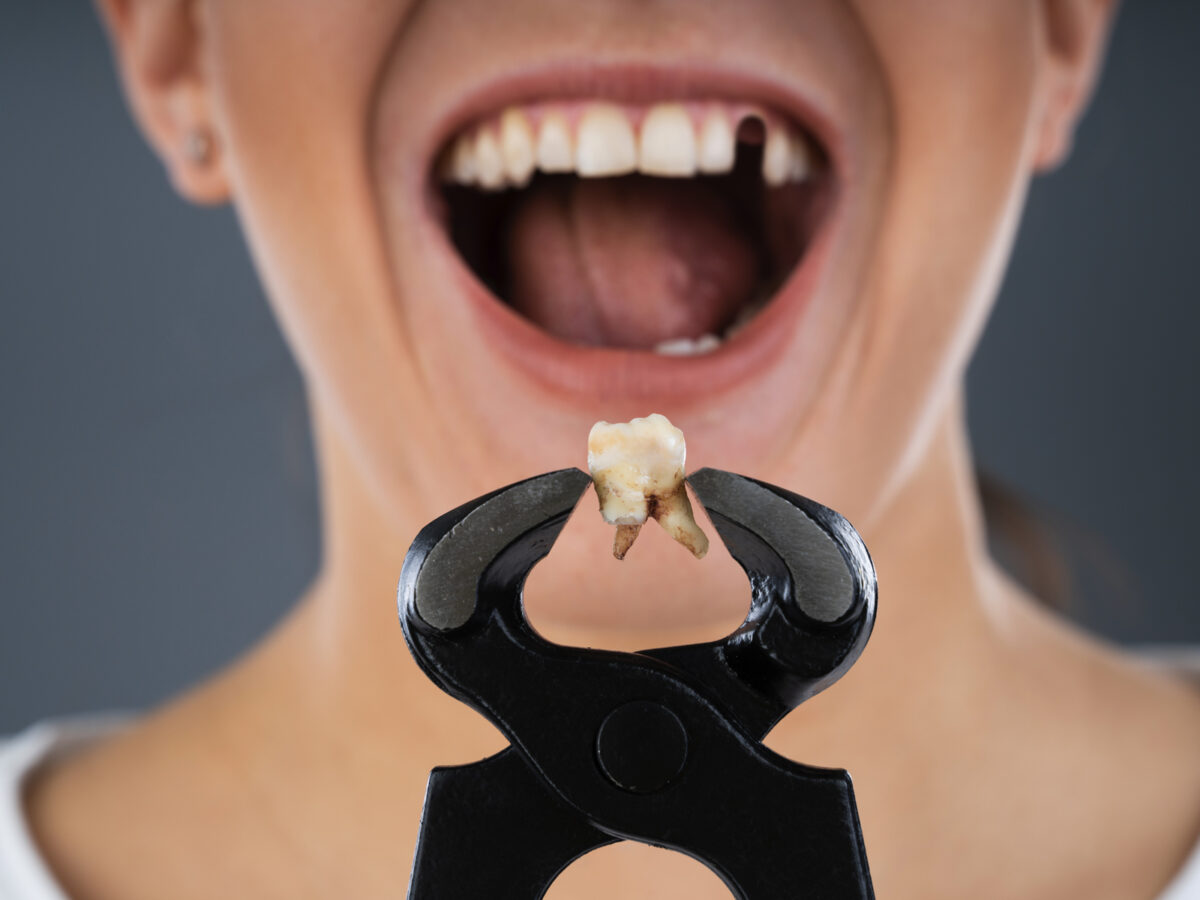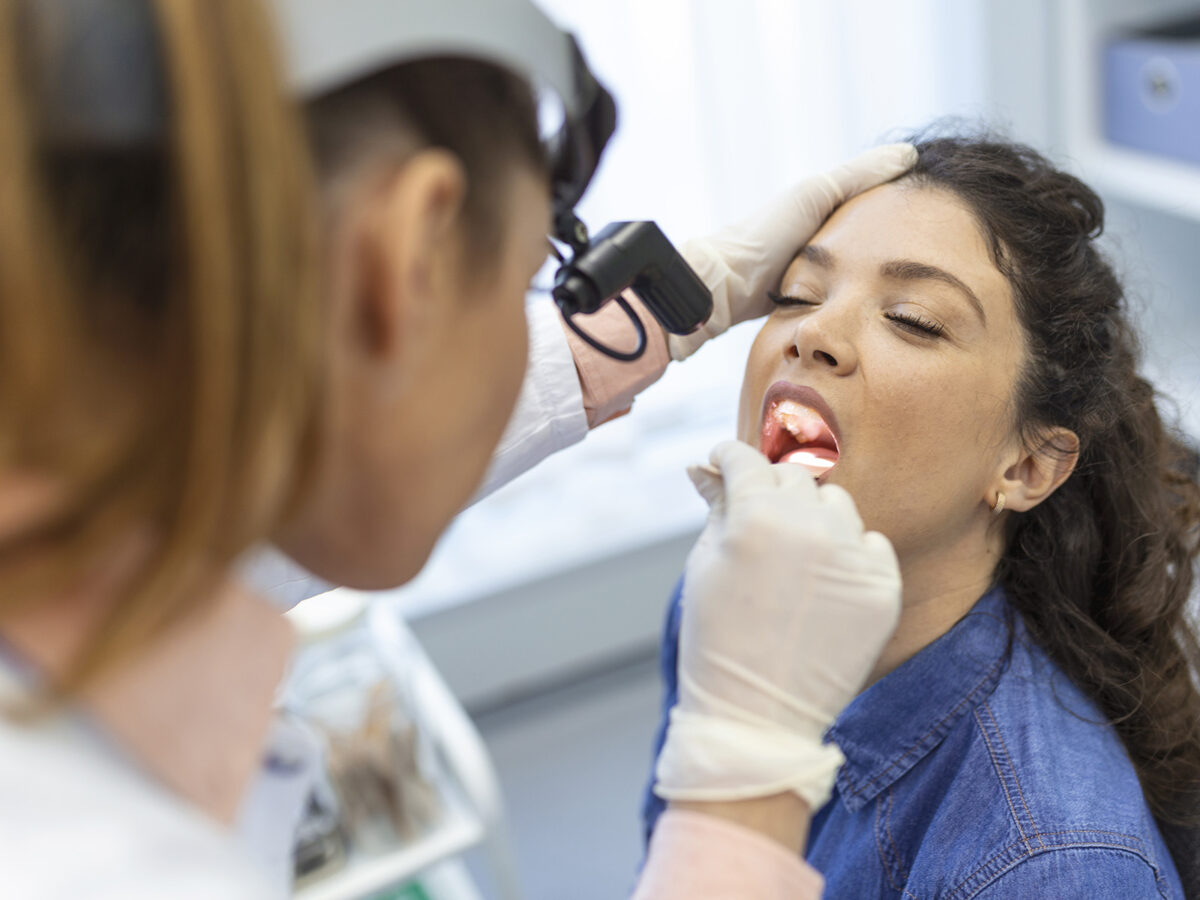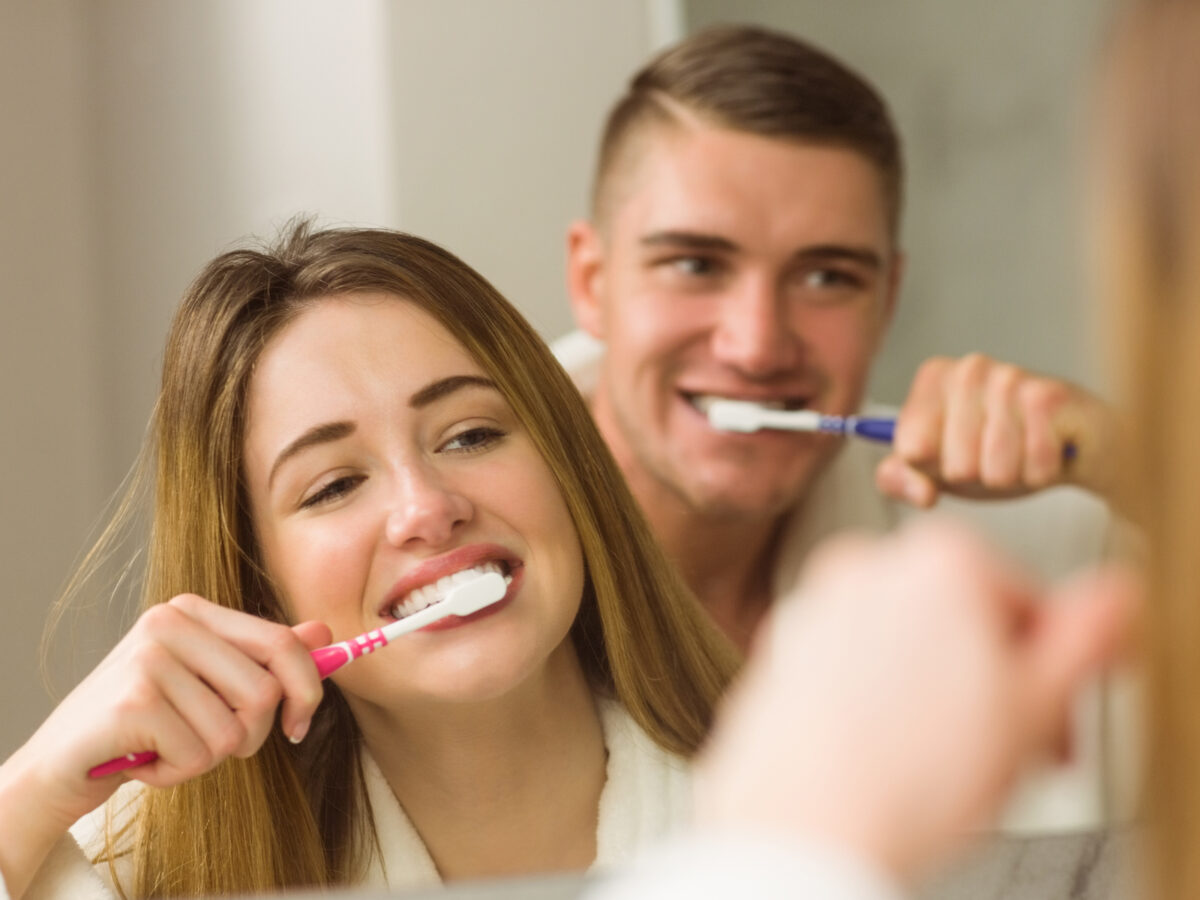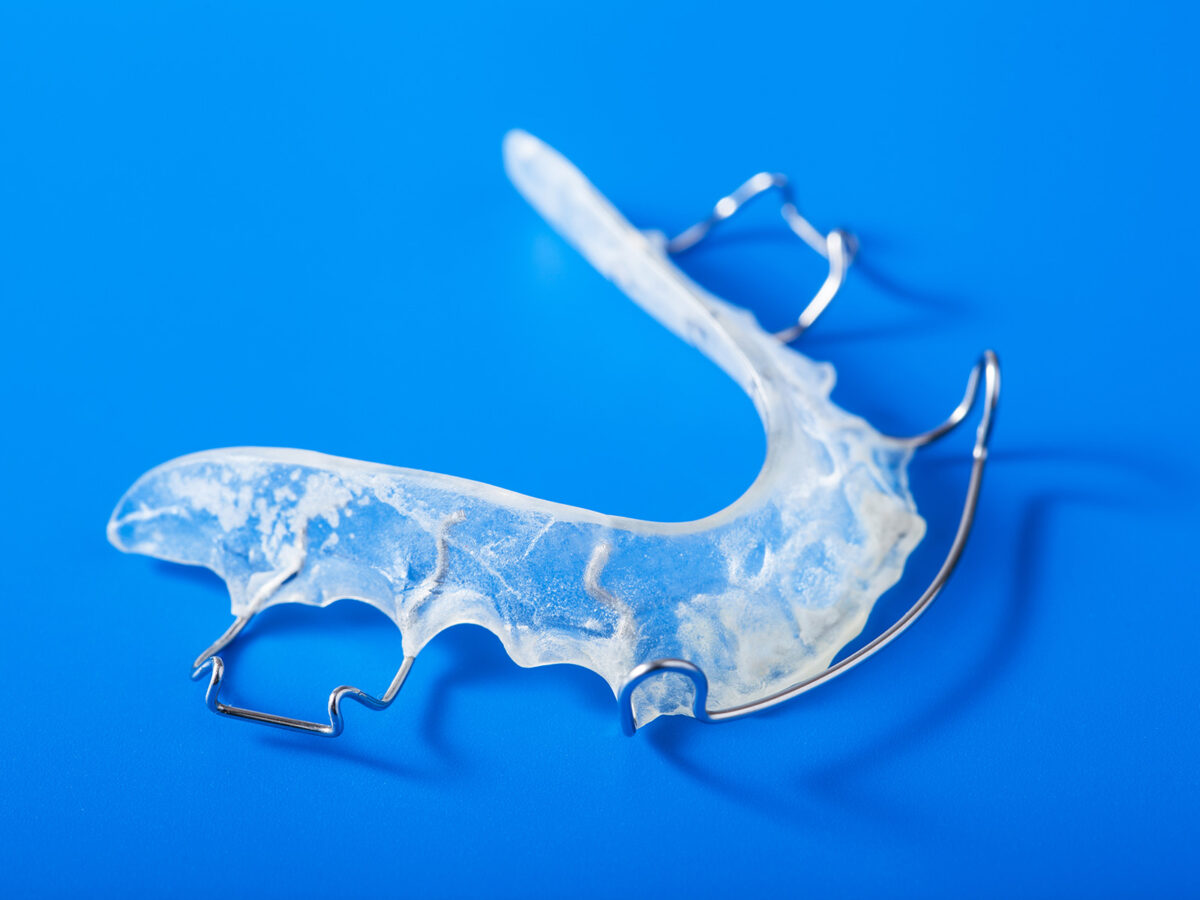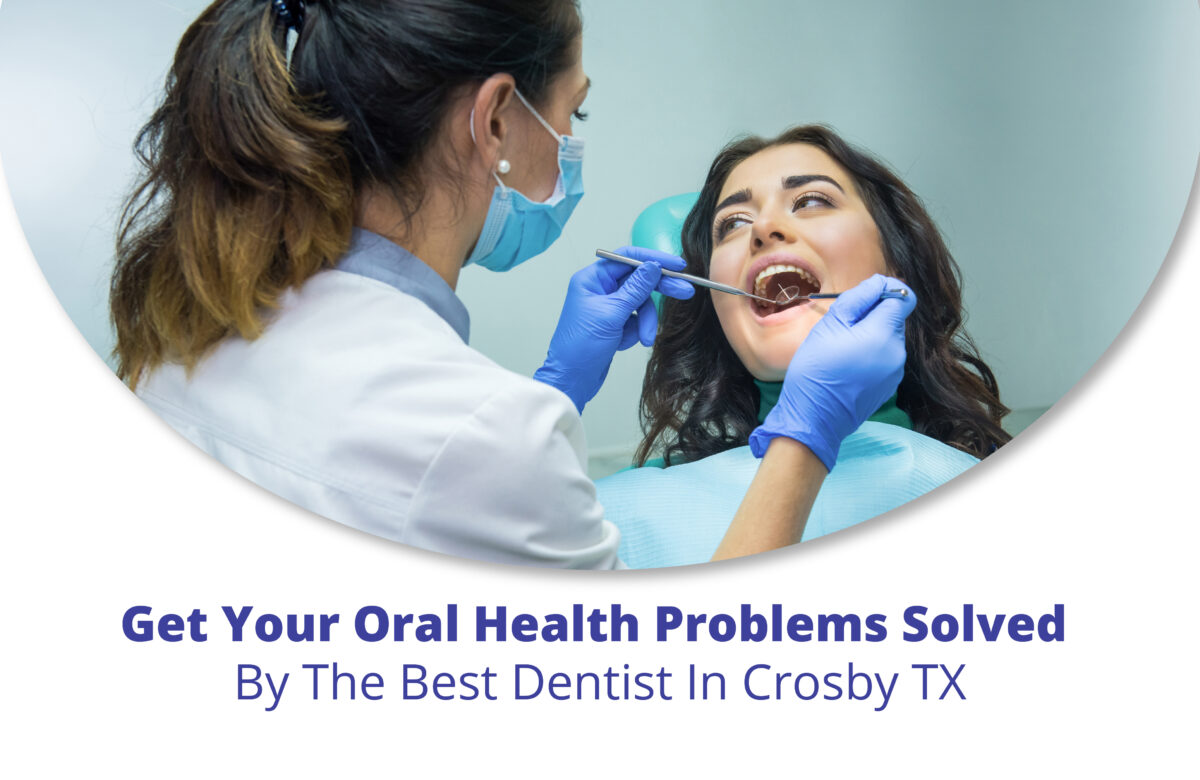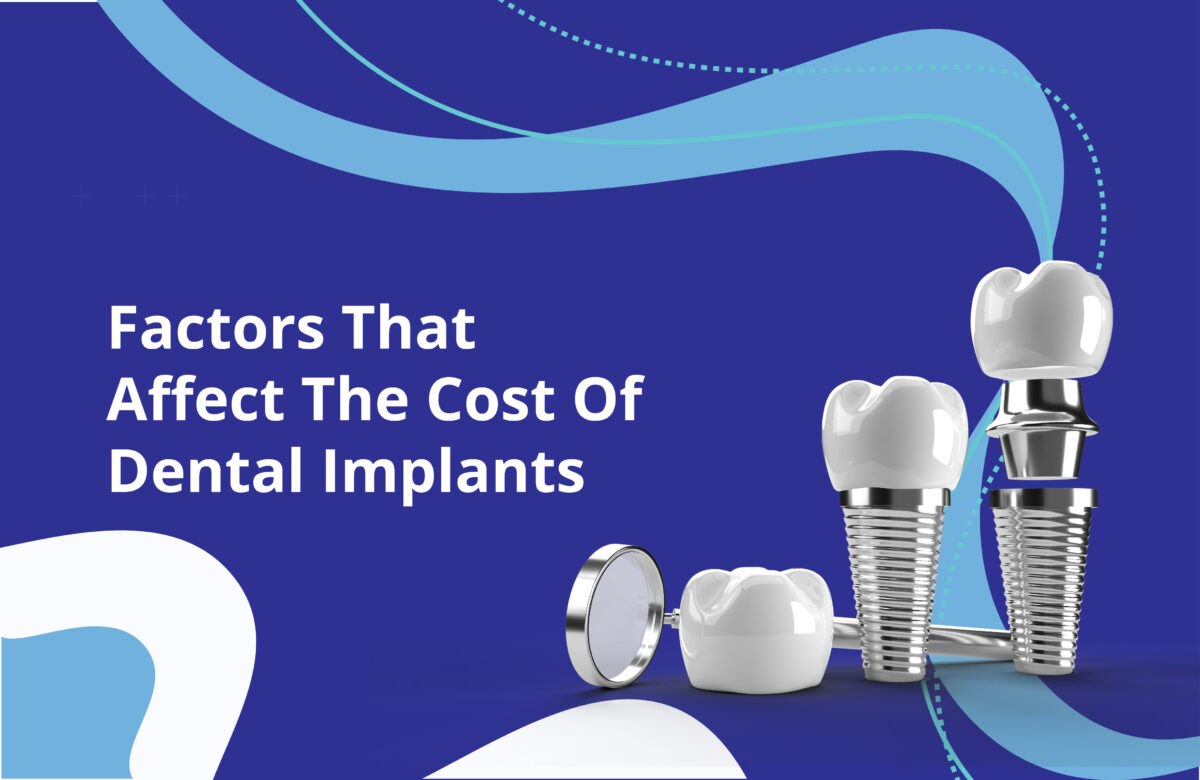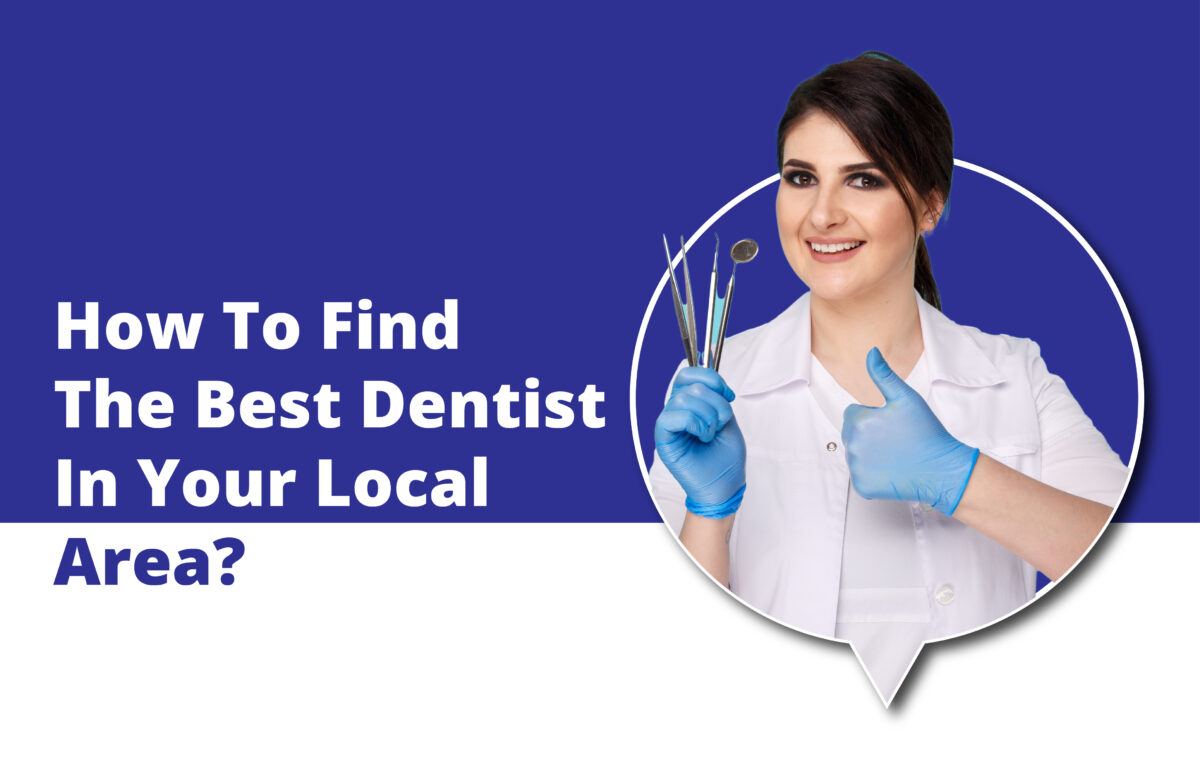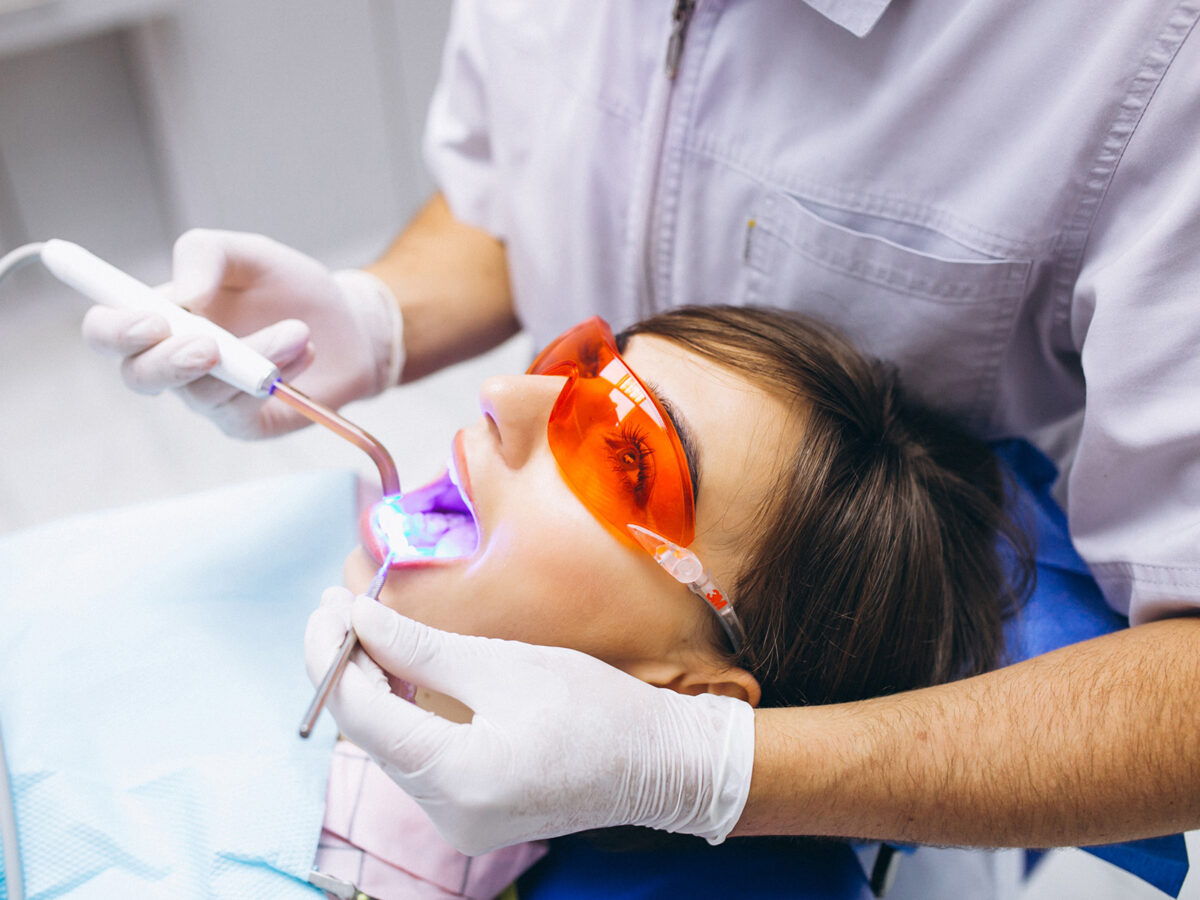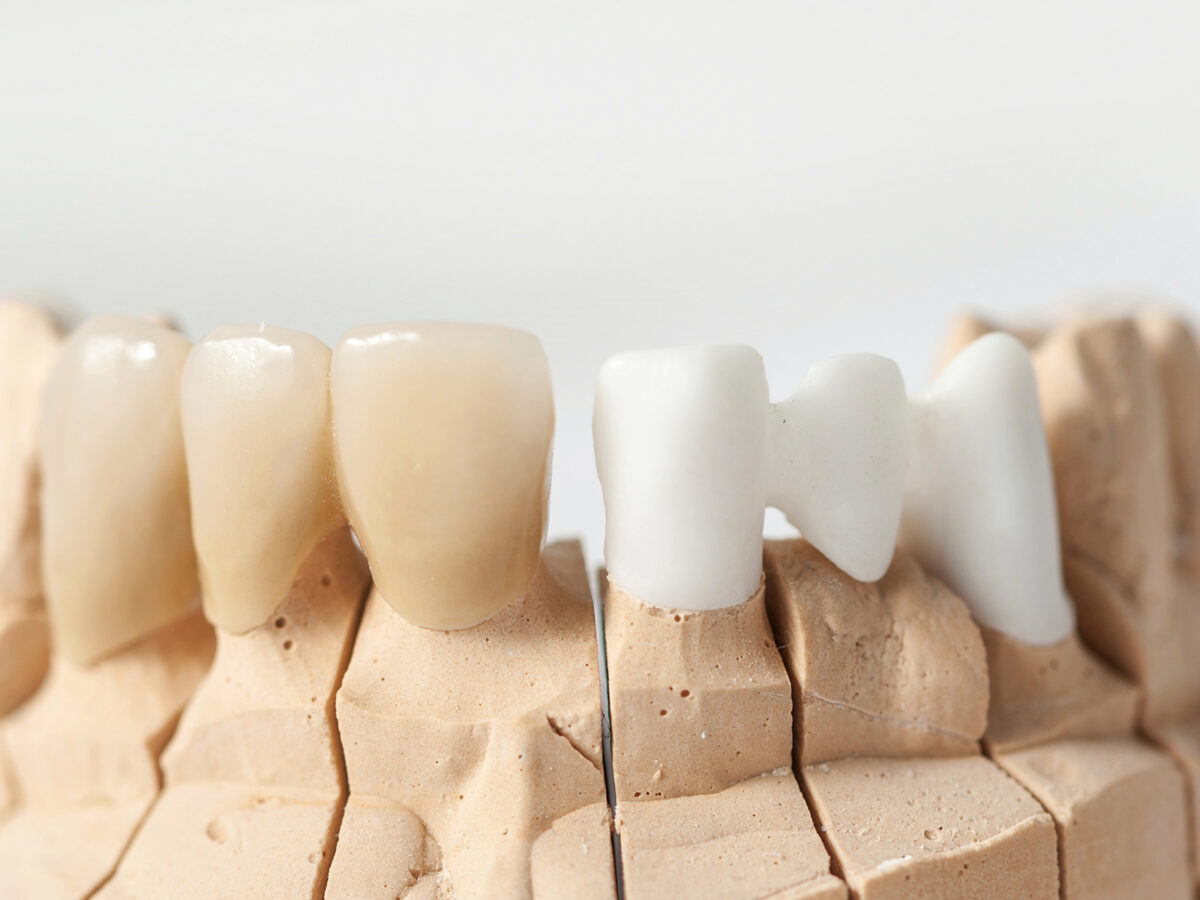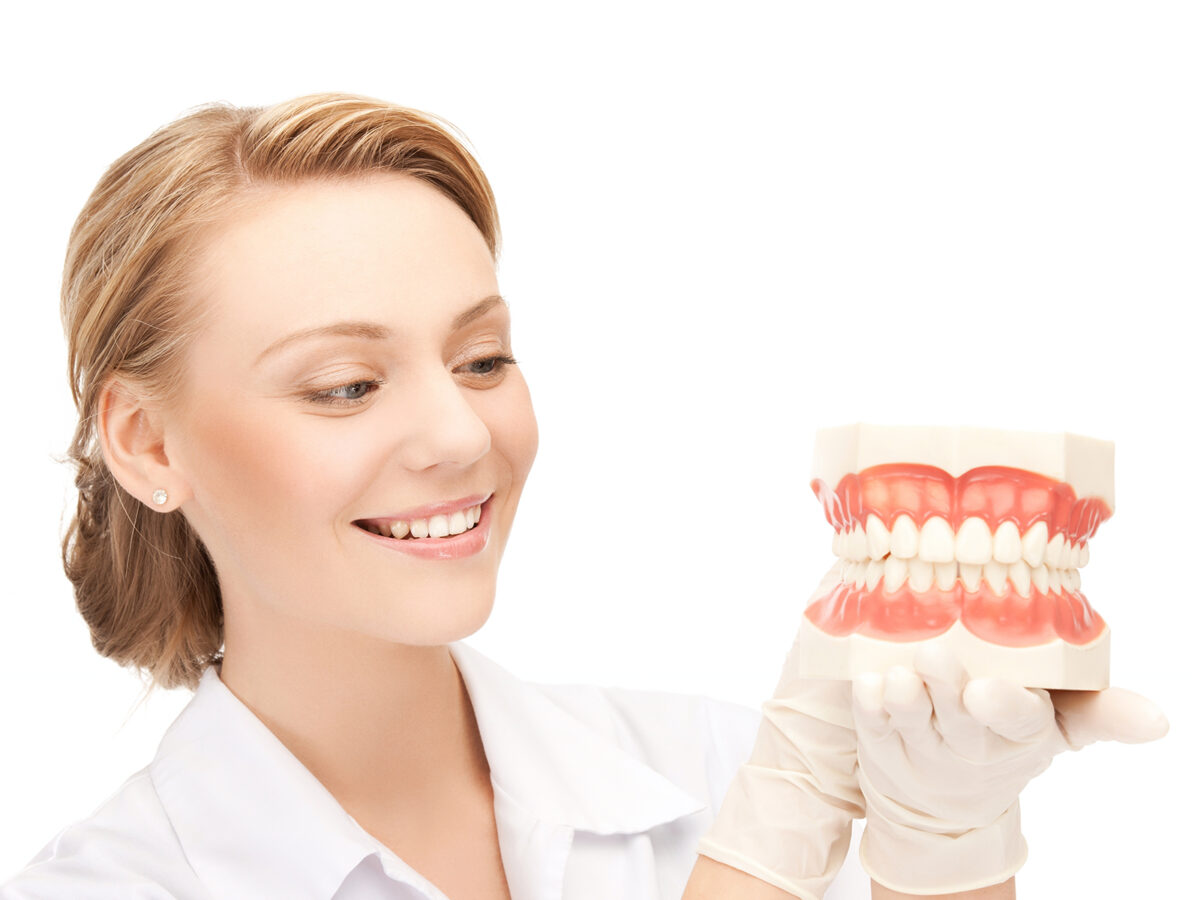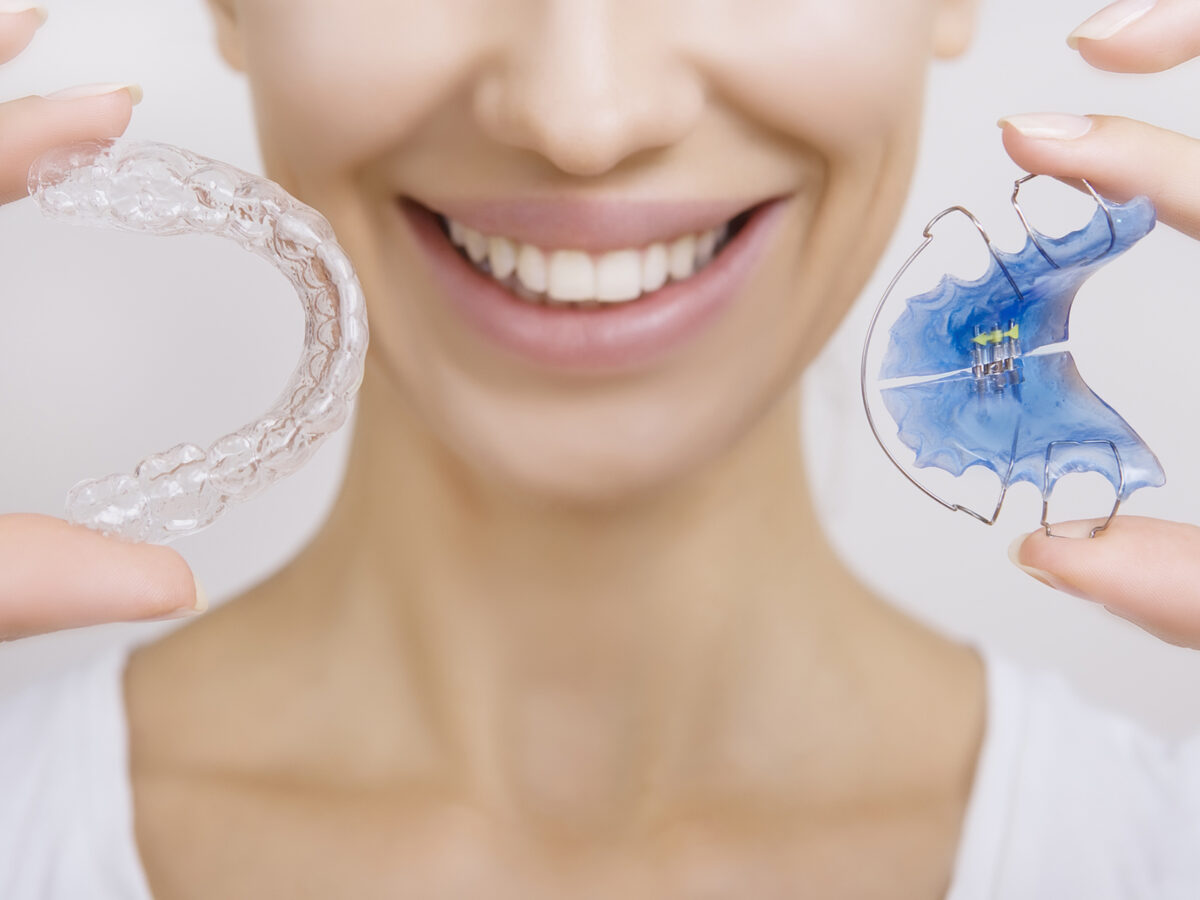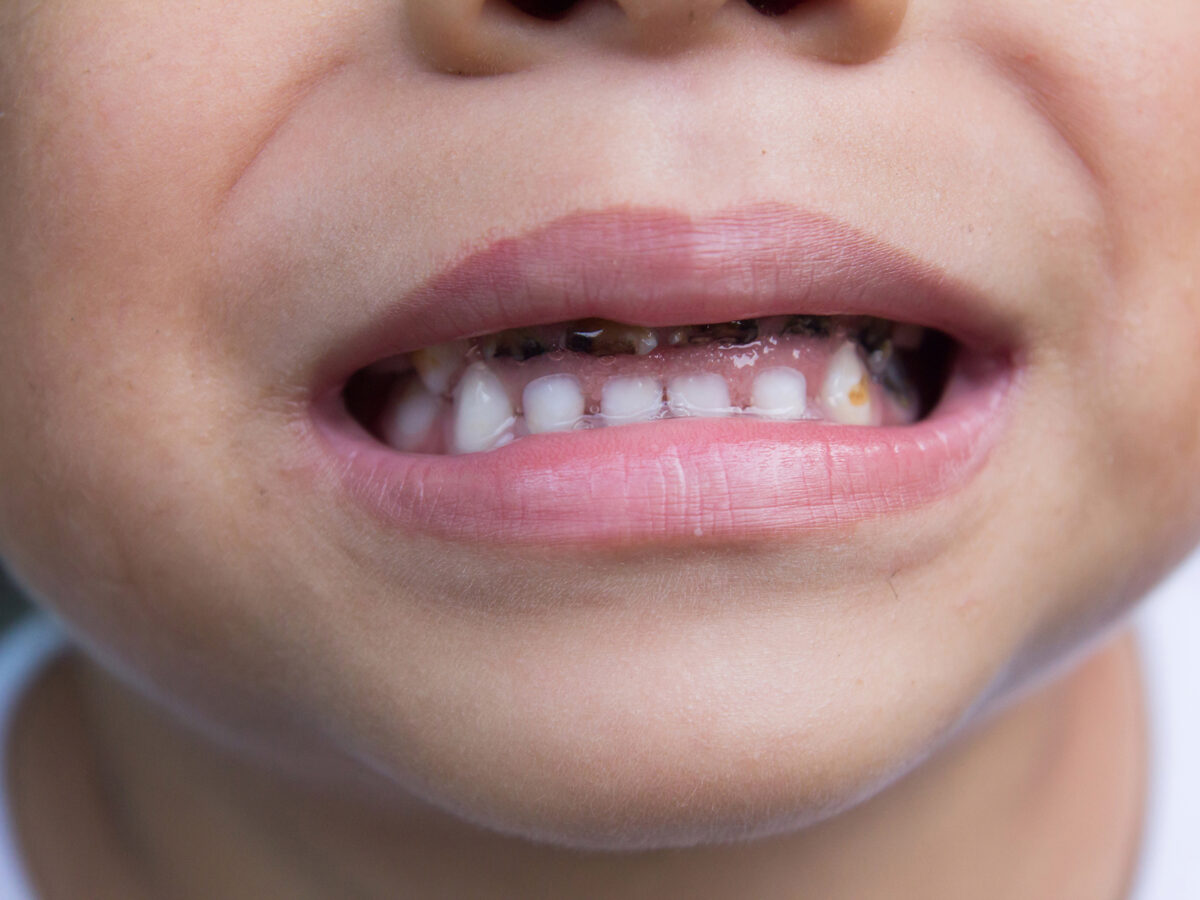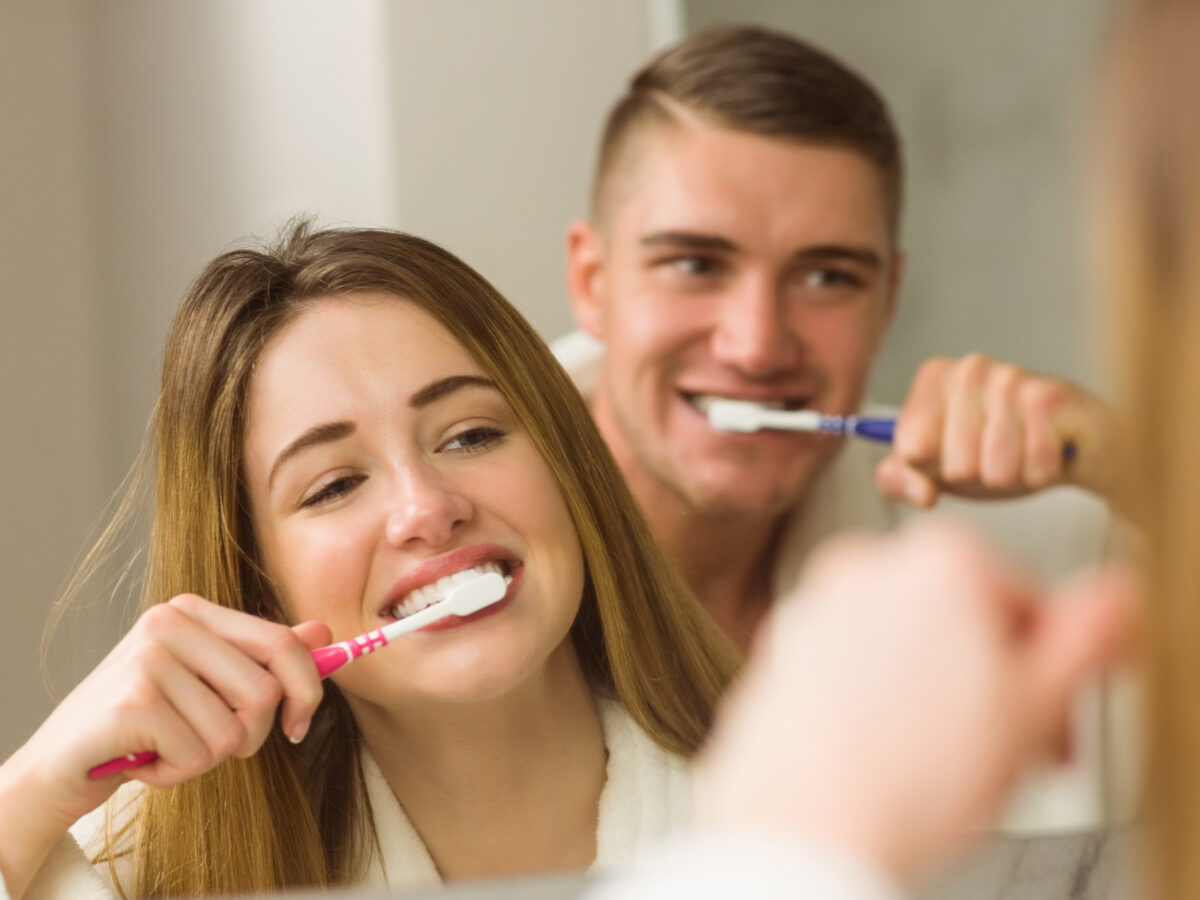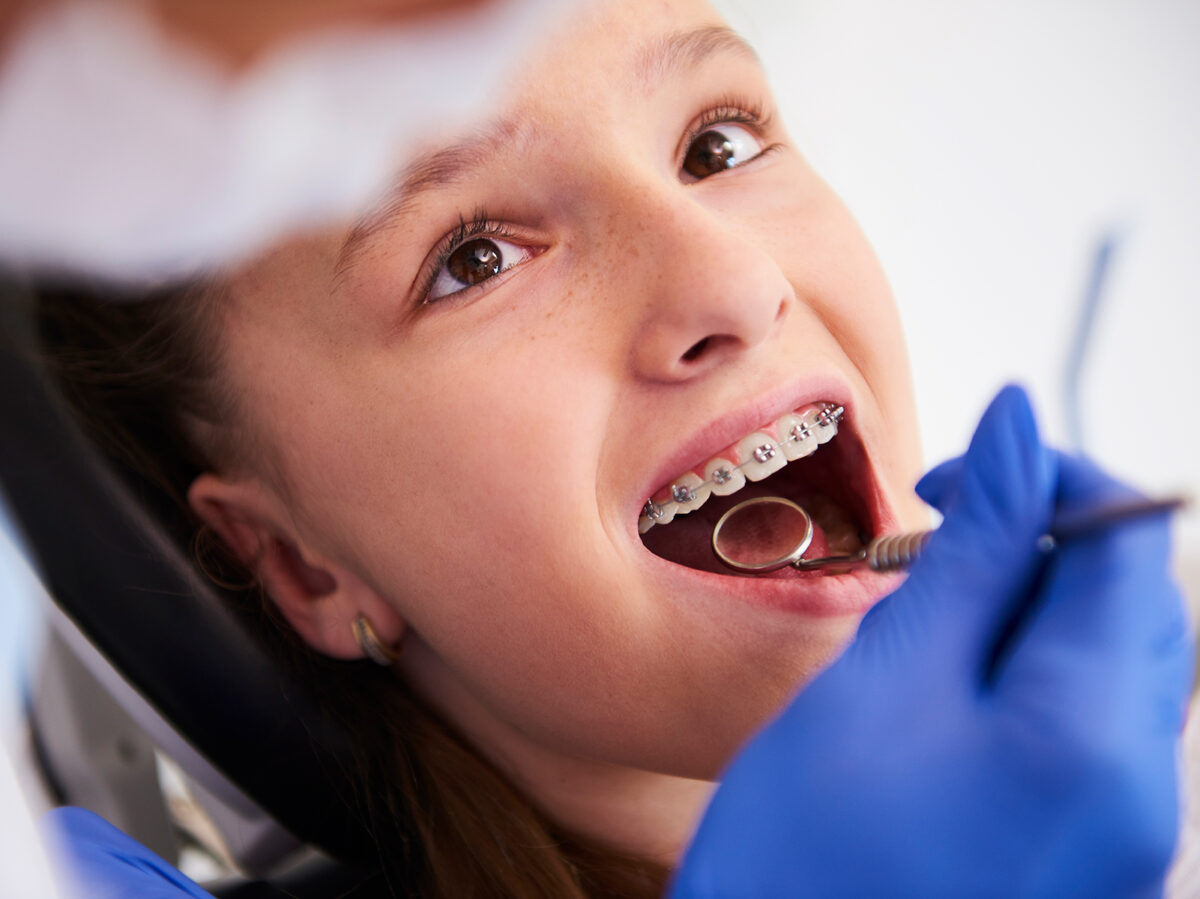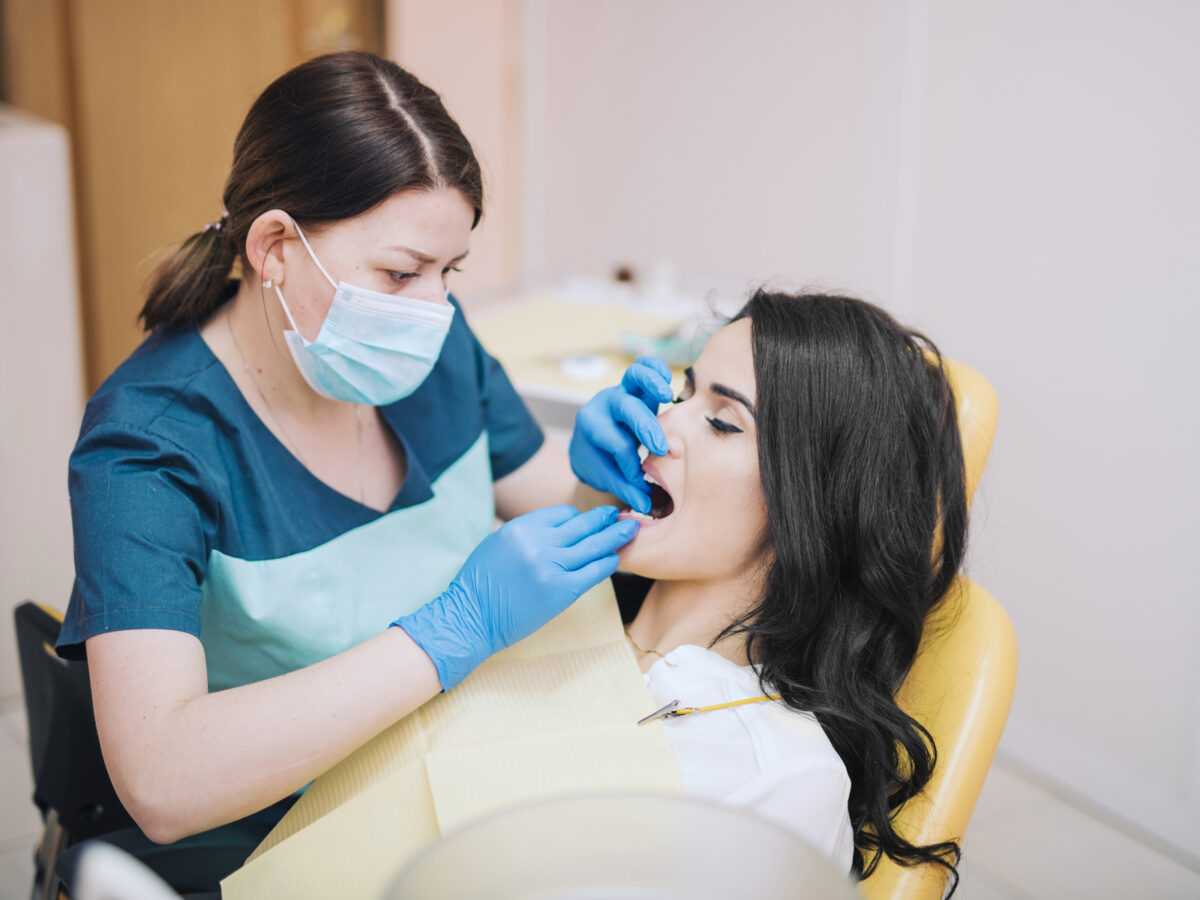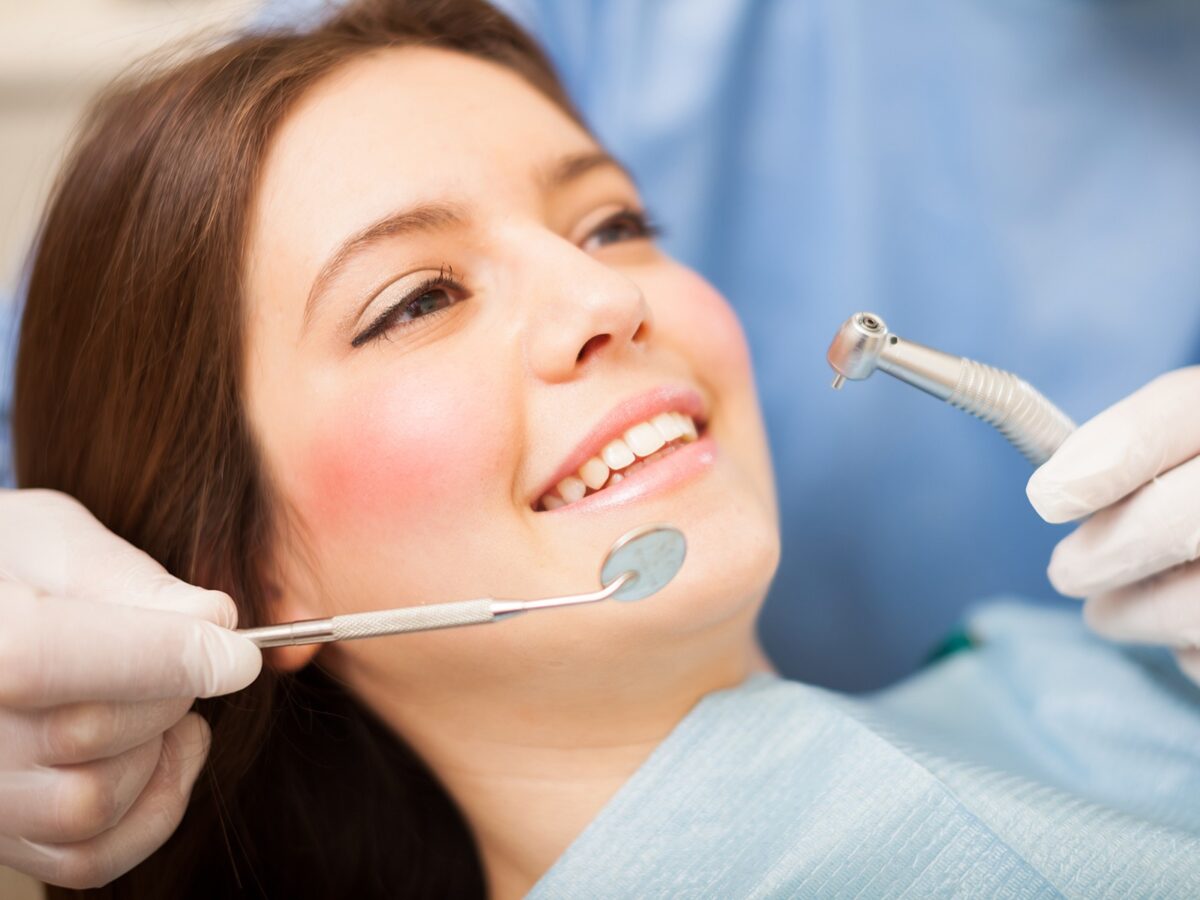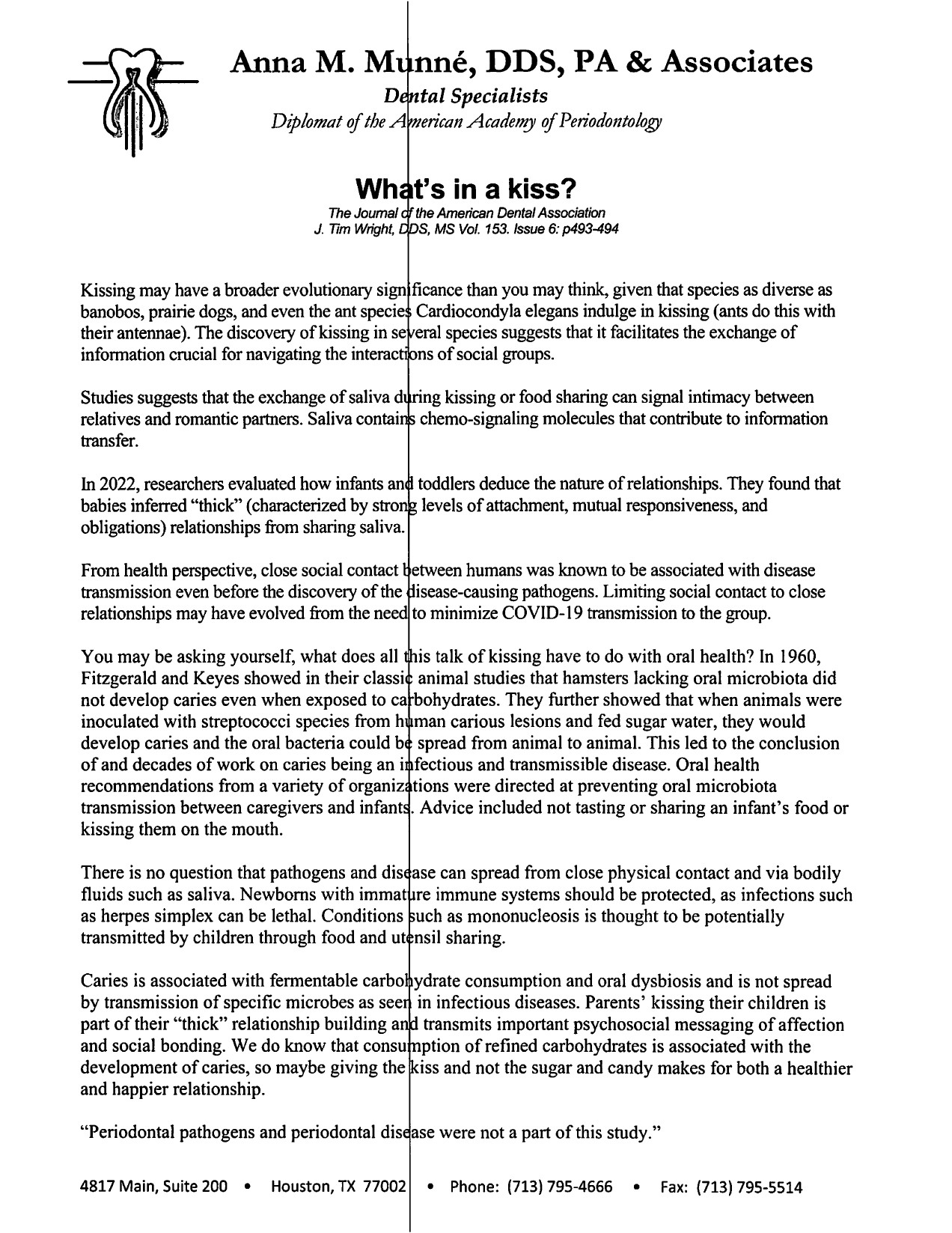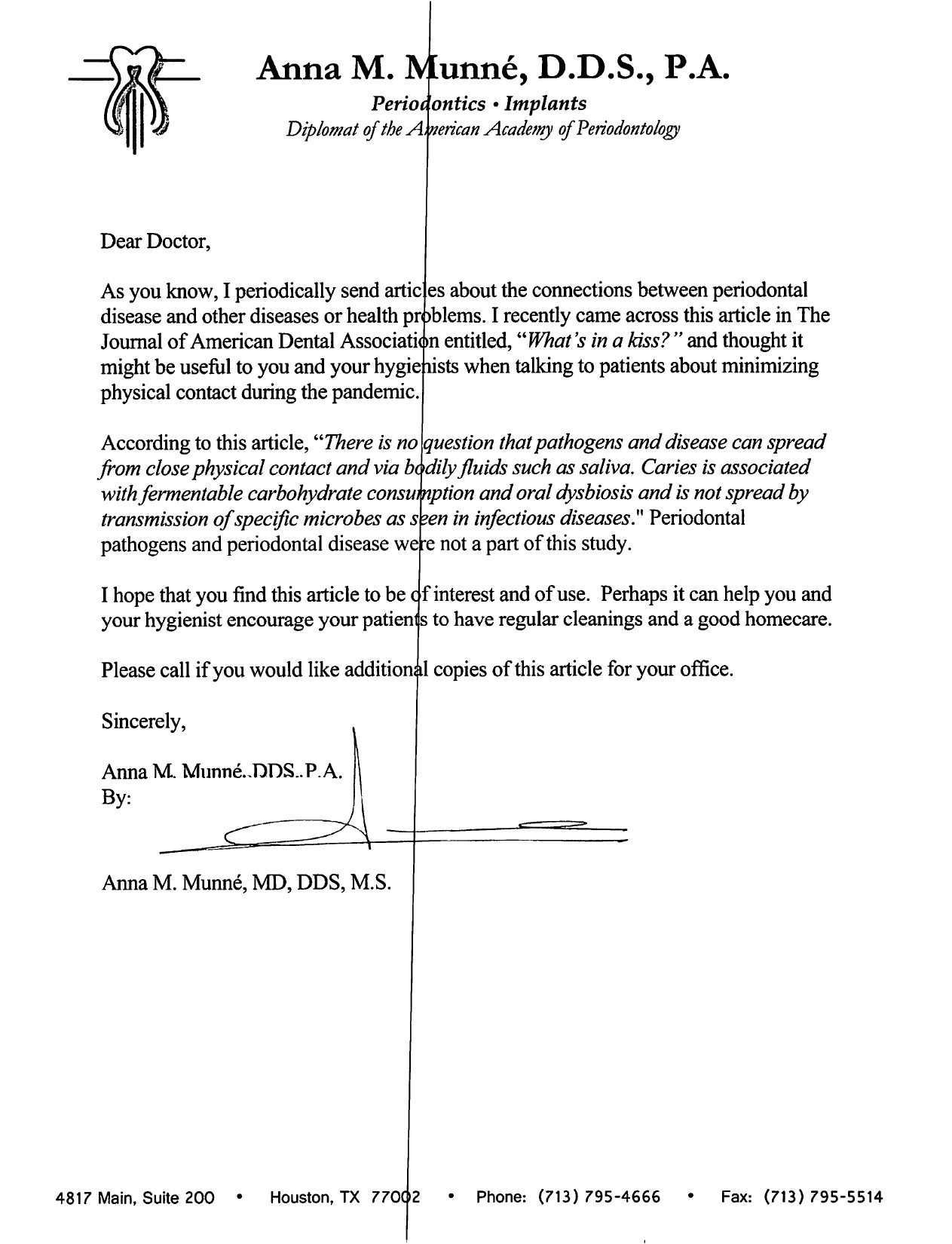Have you ever stopped yourself from smiling because of your gums? You are not the only one. Every time you feel like smiling, but the thought of your gums being the only visible part of it can be very self-conscious. If your gums show more than your top teeth when you smile, that’s usually what people mean by a gummy smile. And while it’s completely natural, it’s something that can affect confidence for a lot of people.
The good news? You can fix it without surgery. There are many alternative, non-surgical treatments available for ga ummy smile that are safe, effective, and more accessible than ever. Many patients working with professionals like those at a Crosby Dentist TX office are seeing great results without any surgery at all.
Let’s walk through why gummy smiles happen and what you can do about them without needing a scalpel.
What Actually Causes a Gummy Smile?
Let’s know about the causes before we get into the solutions. A gummy smile can come from several things:
- More than normal gum tissue covering your teeth
- Short teeth due to genetics, or how your teeth erupted
- When your lip lifts too much, your gums show more
- Overactive lip muscles
- Jaw development that creates more gum exposure
1. Lip-Relaxing Injections (Yes, Like Botox)
One of the most talked-about non-surgical fixes for a gummy smile is something you’ve probably heard of in a totally different context, i.e, Botox.
If injected into specific muscles, it can help reduce how much the lip lifts when you smile. That means less gum exposure, without touching your teeth or gums at all.
While not permanent, many patients at clinics like Crosby Dental Office TX say it’s a great, low-commitment way to test out how a small adjustment can enhance their smile.
2. Laser Gum Contouring
Perfect for those who think their gums are covering their teeth more than they need to.
With laser gum contouring, a dentist uses light energy to smooth out or adjust your gumline. It exposes more of your tooth’s surface without cutting or stitches. That means fast healing and immediate results.
The best part? It’s usually done in one session, and you can go right back to your day afterward.
Laser treatments are becoming more common in smile enhancement, especially for patients who want results but not a full surgery. Your Crosby Dentist, TX, can help determine if you’re a candidate based on how much tissue needs to be removed.
3. Composite Bonding for Tooth Lengthening
Some people naturally have shorter teeth, or they’ve worn down over time, which can make their gums stand out more than they actually do. One way to fix that? Composite bonding. It’s a simple process where a dentist adds a tooth-colored material to your upper teeth to reshape them a bit. That little change helps balance out your smile, so your teeth and gums look more even.
It’s fast, painless, and usually doesn’t even require numbing. Think of it as a cosmetic upgrade that doubles as a gummy smile treatment without needing to touch your gums at all.
4. Orthodontic Treatments
Sometimes, a gummy smile is caused by how your teeth and jaws align. In many cases, the upper jaw is developed in a way that makes the gums more prominent. In others, the teeth have not completely popped out. Clear aligners or braces might help shift things into better positioning.
For these problems, modern orthodontic tools like Invisalign can be helpful. They slowly move your teeth into better alignment, and as that happens, your gums usually become less noticeable when you smile.
Orthodontics as a form of smile enhancement might take longer, but the results are long-lasting and often solve more than just cosmetic concerns.
Consulting with a Crosby Dentist, TX, experienced in aligner-based care is a great way to explore this route.
5. Lip Repositioning Exercises or Therapy
Not a very well-known method, some dentists and specialists may recommend lip training or myofunctional therapy to manage a hyperactive upper lip.
It includes a series of targeted facial exercises that help train the lip to rest lower during a smile, reducing gum visibility naturally over time. This method takes patience and consistency, but for some, it’s a completely non-invasive solution worth trying, especially when paired with other treatments.
How to Choose the Right Treatment for You
Start by asking yourself a few questions:
- Is your concern about how high your lip lifts or how short your teeth appear?
- Do you prefer a fast fix or a slower, long-term option?
- Are you open to cosmetic fixes like bonding or aligners?
- Is it absolutely important for you to avoid surgeries, or can you consider it?
The answers will help you narrow things down. Then, a visit to your local Crosby Dental Office, TX can give you a clear treatment plan based on your smile, your comfort level, and your goals.
Why Non-Surgical Gummy Smile Treatment Is Growing
More people are asking about non-surgical options because they’re:
- Faster and more affordable
- Lower risk with less downtime
- Easier to reverse or adjust over time
- Focused on enhancing, not replacing, what you already have
Plus, many of these techniques are used together to create subtle changes that really add up without ever going near an operating room.
Your Smile, Your Choice, No Surgery Needed
A better smile doesn’t have to mean surgery. Whether it’s Botox, laser contouring, bonding, or aligners, there are multiple ways to treat a gummy smile that are simple, fast, and effective.
If you’ve been hesitating because surgery felt like too much, this is your sign that it doesn’t have to be that complicated. Talk to a Crosby Dentist TX, to figure out what works best for you.


